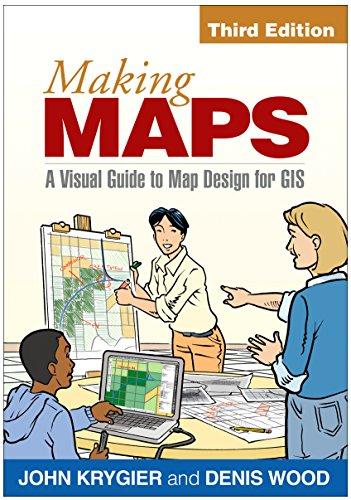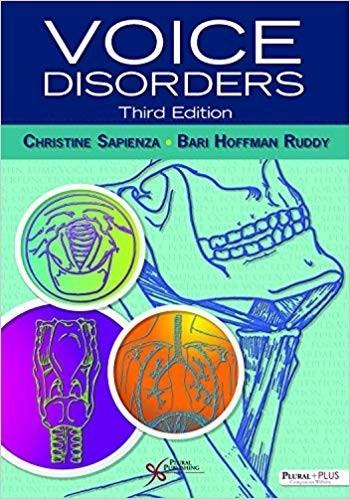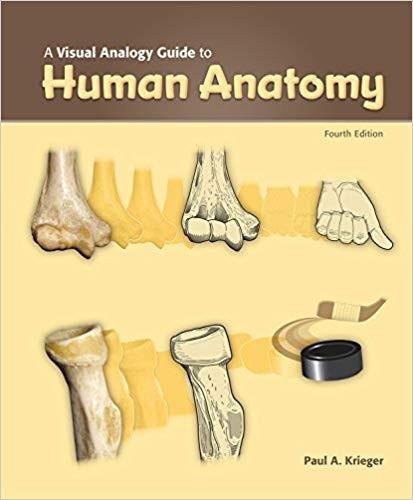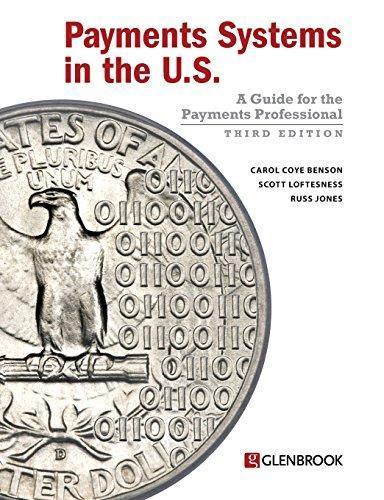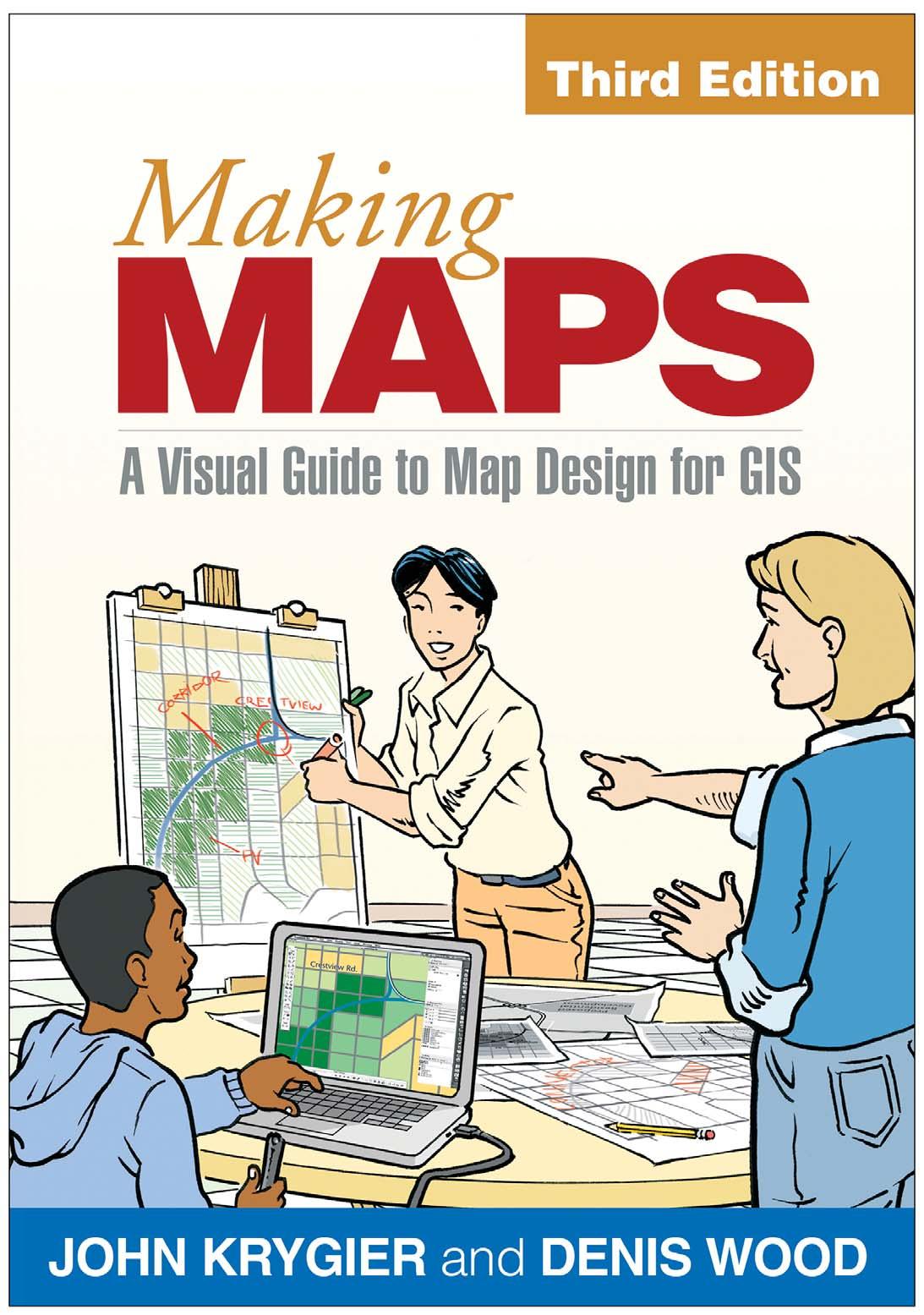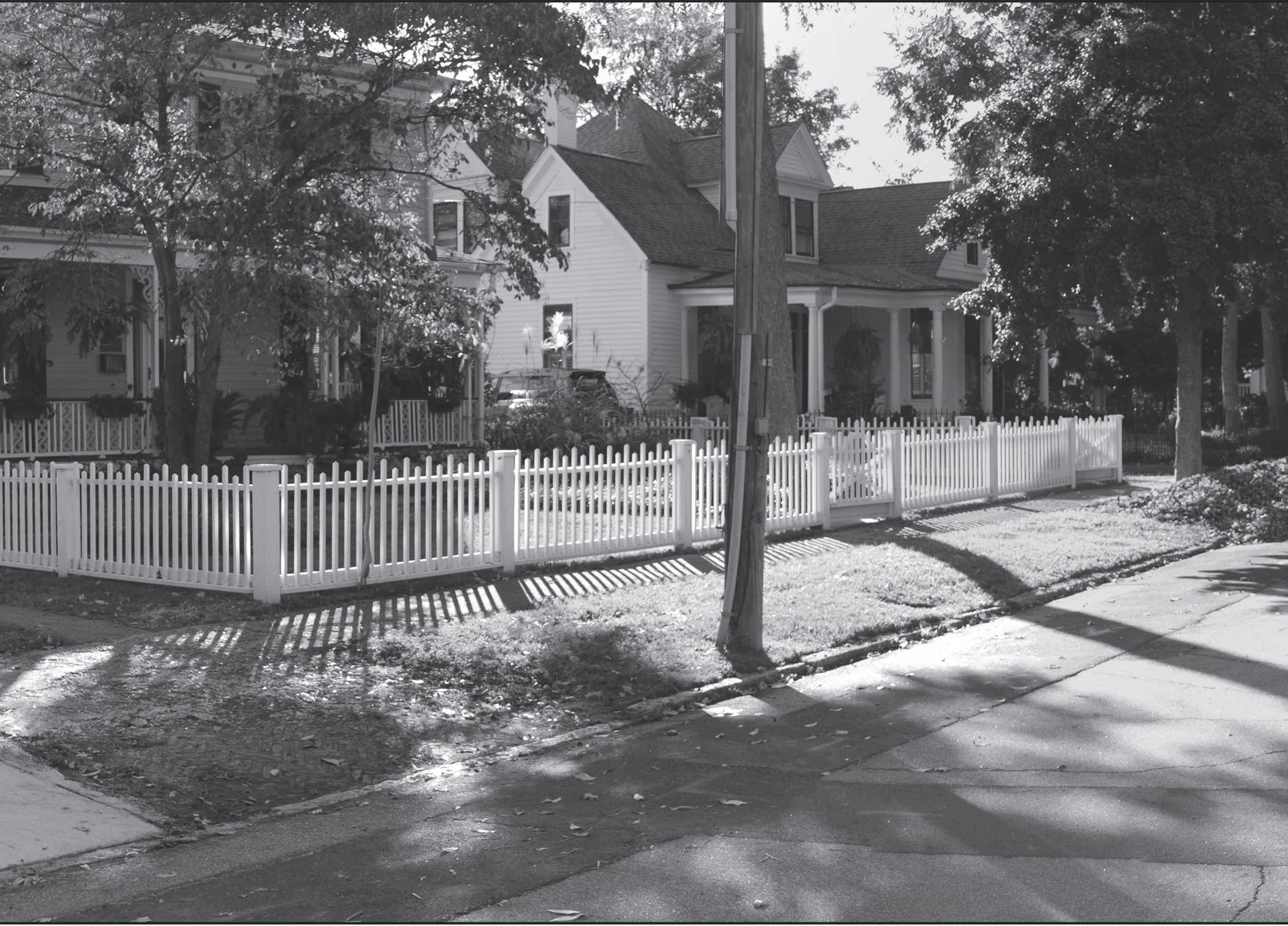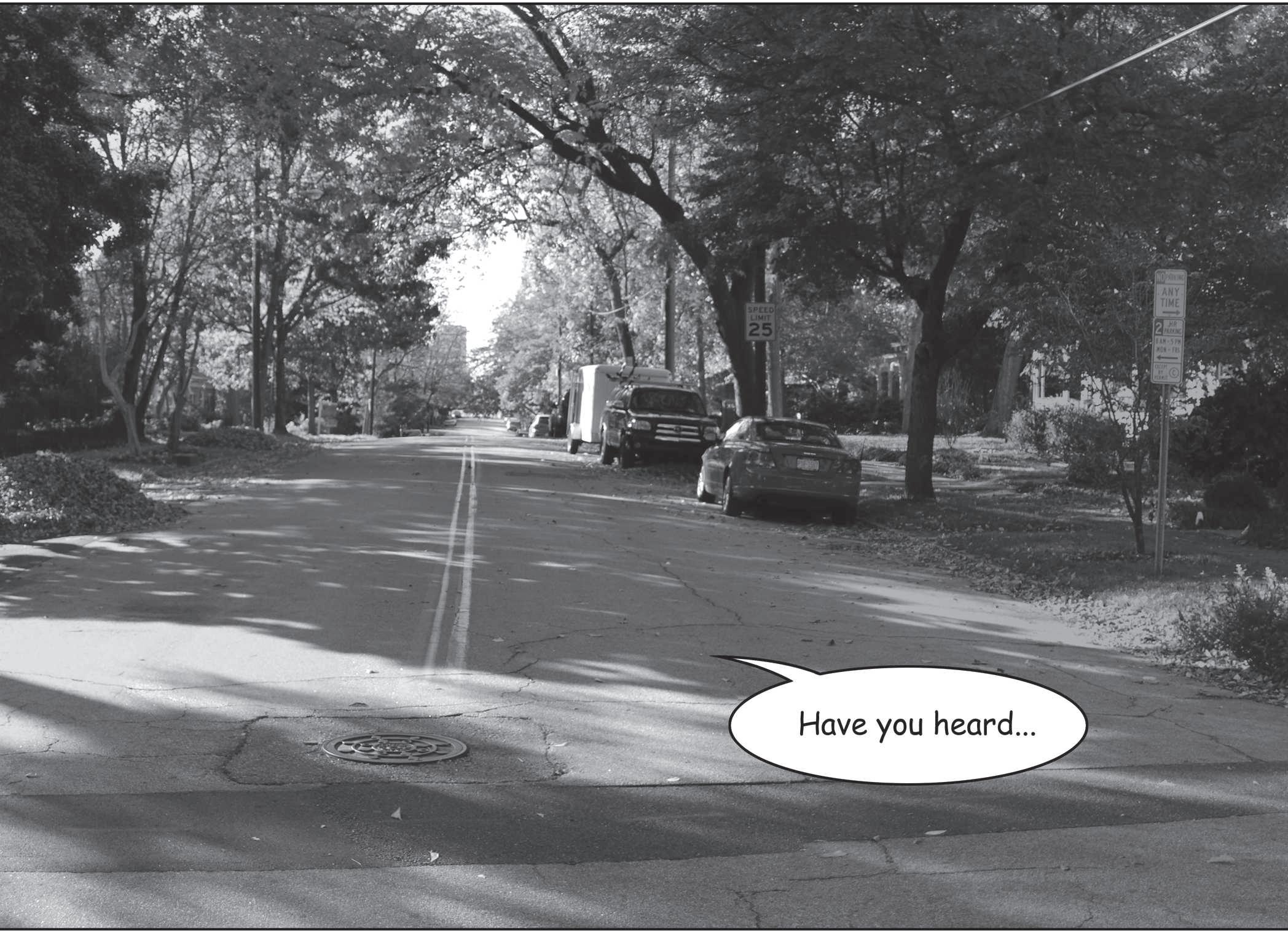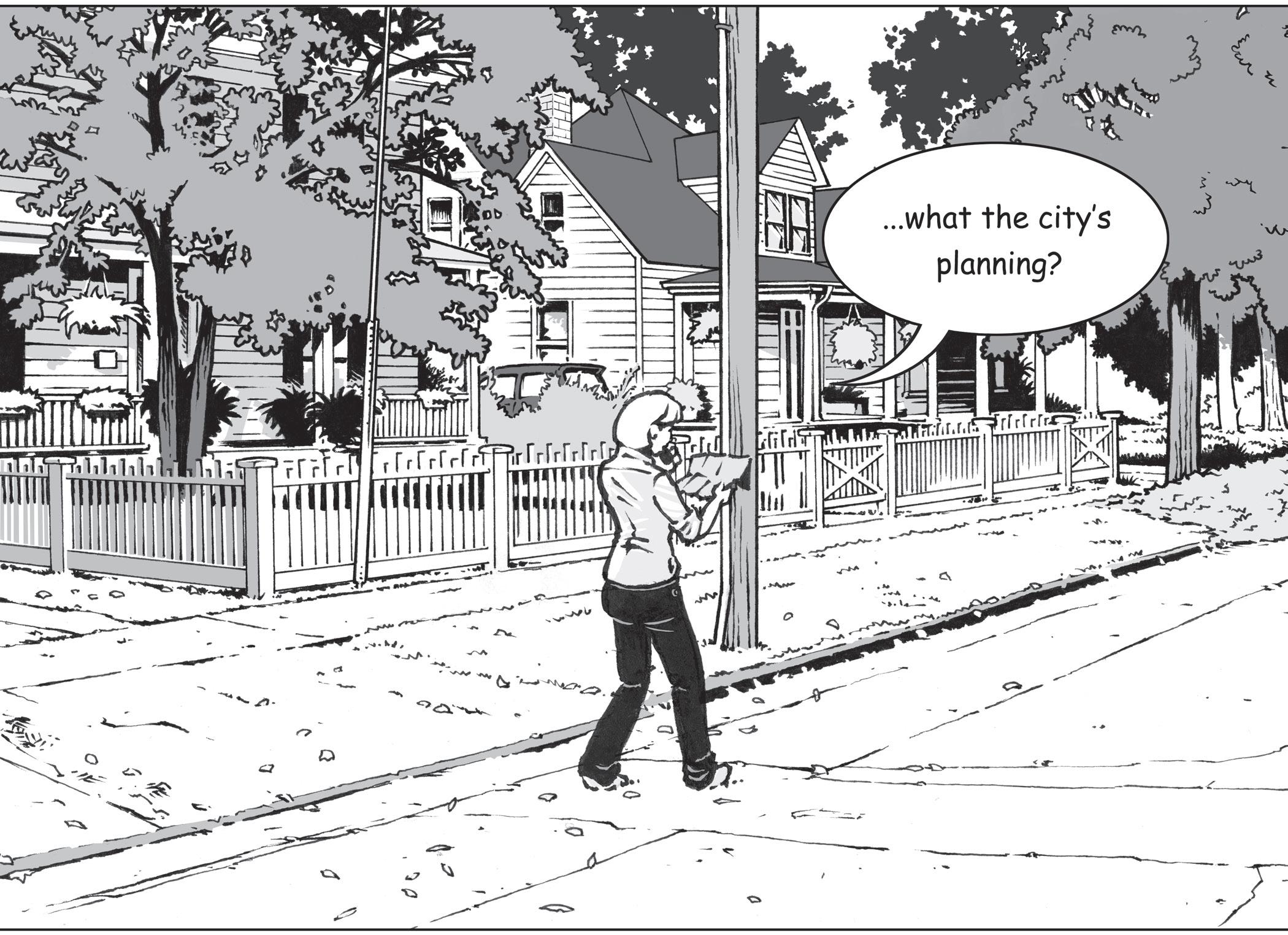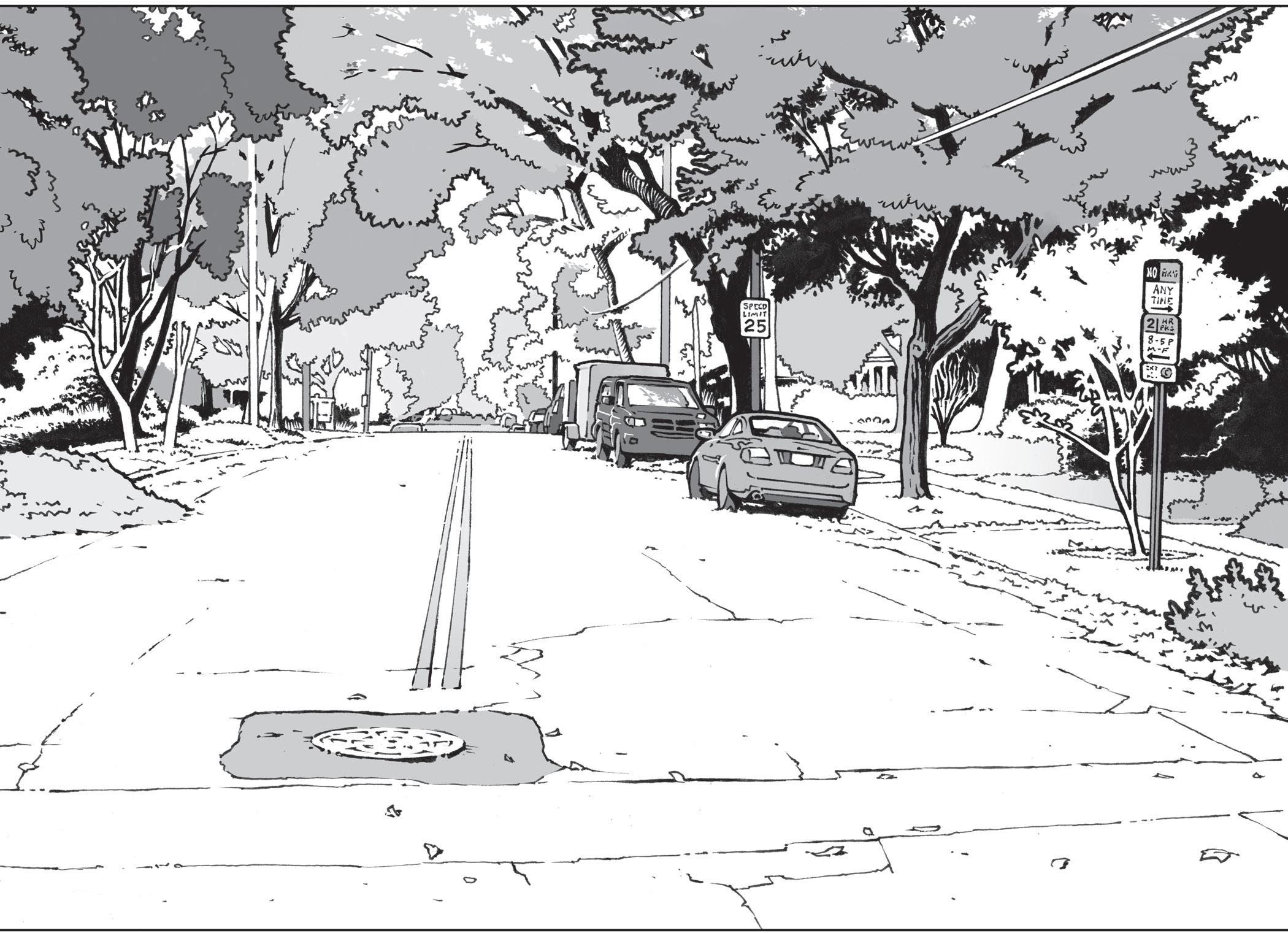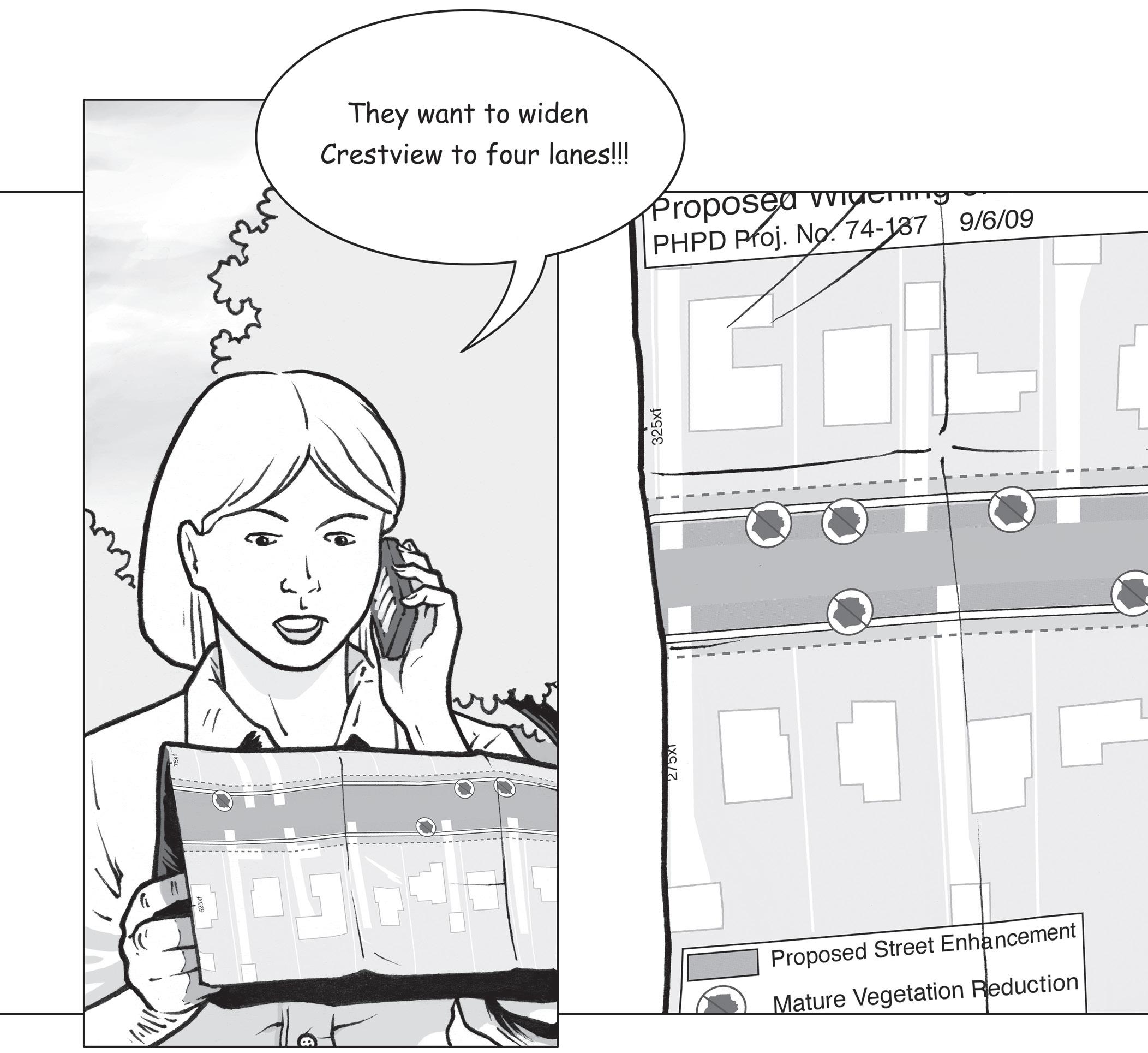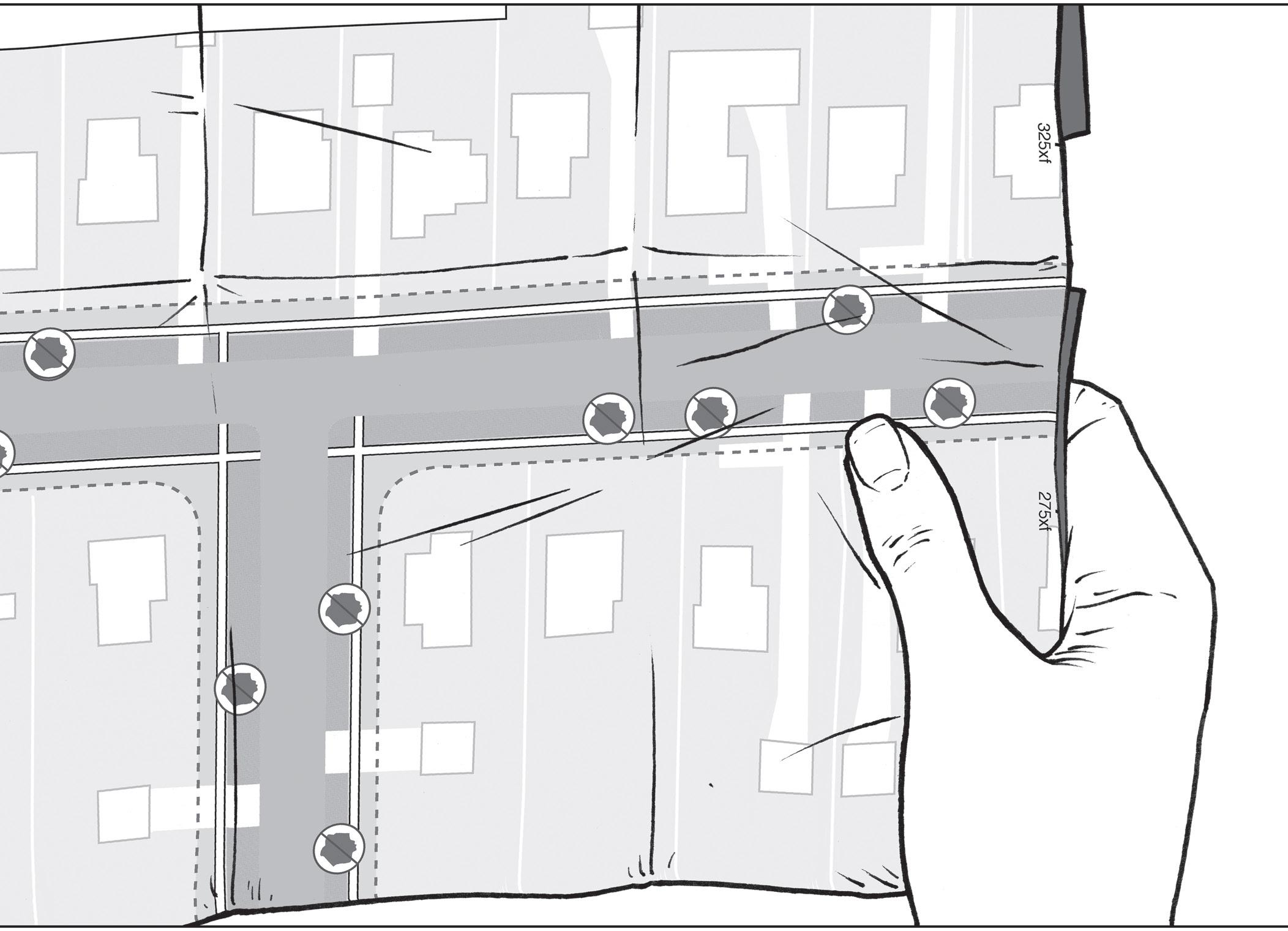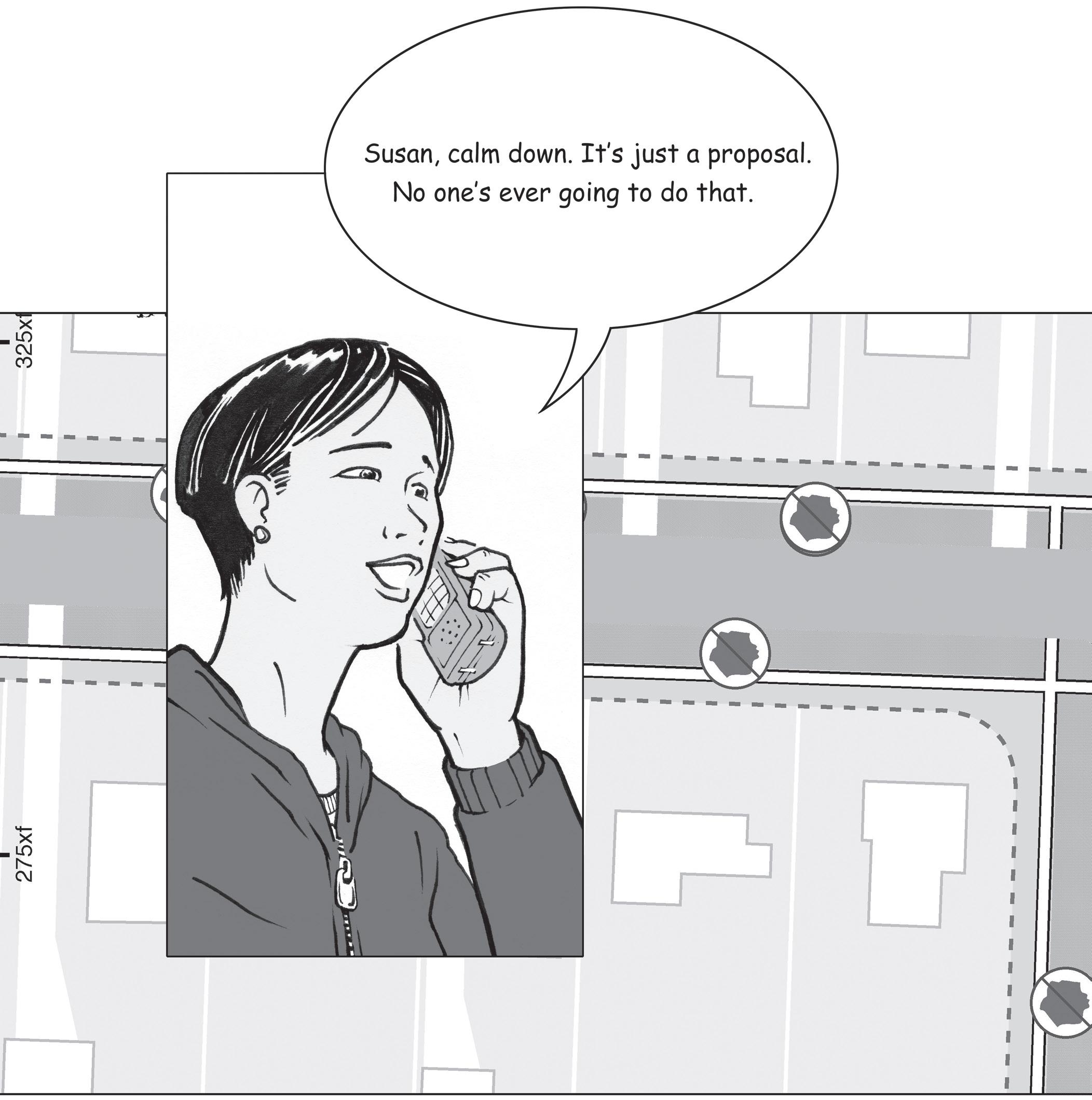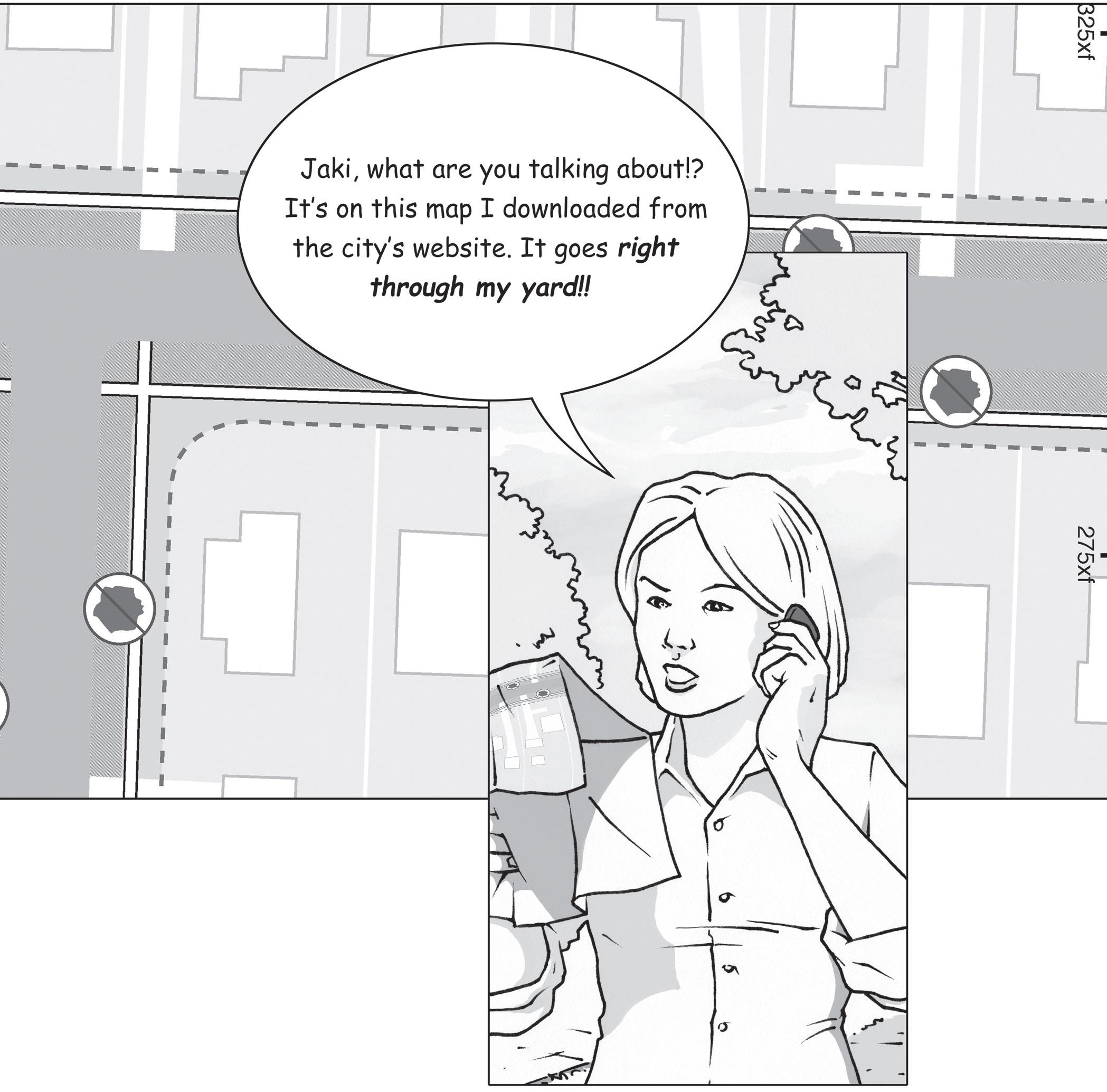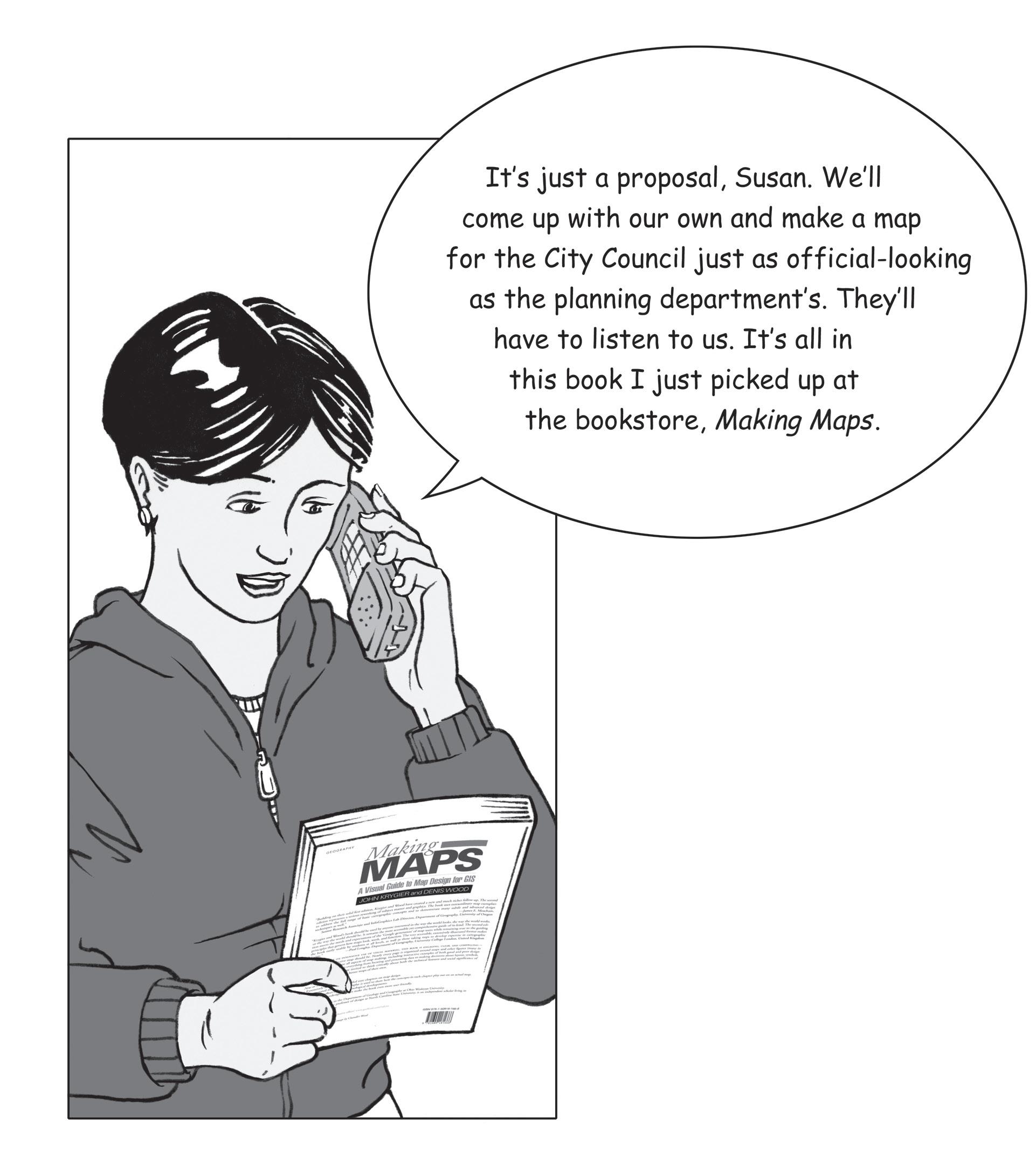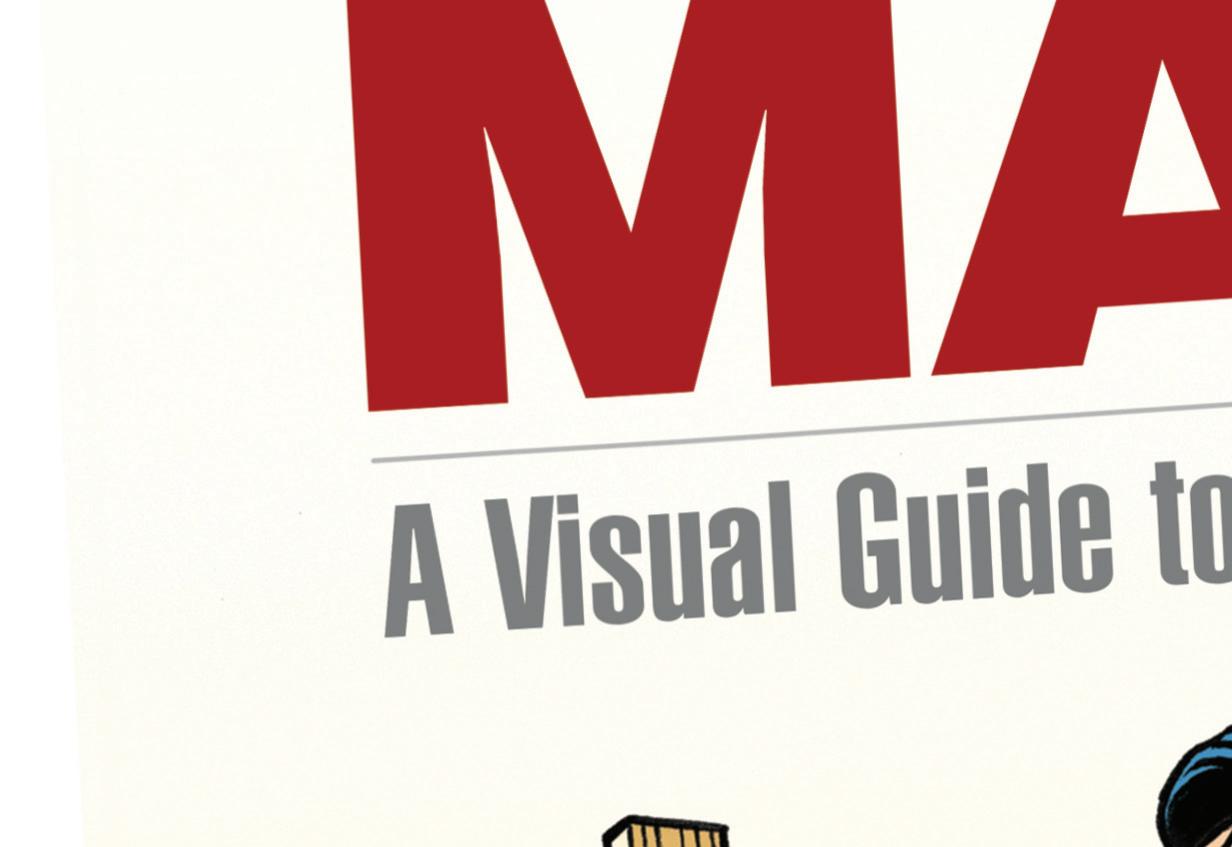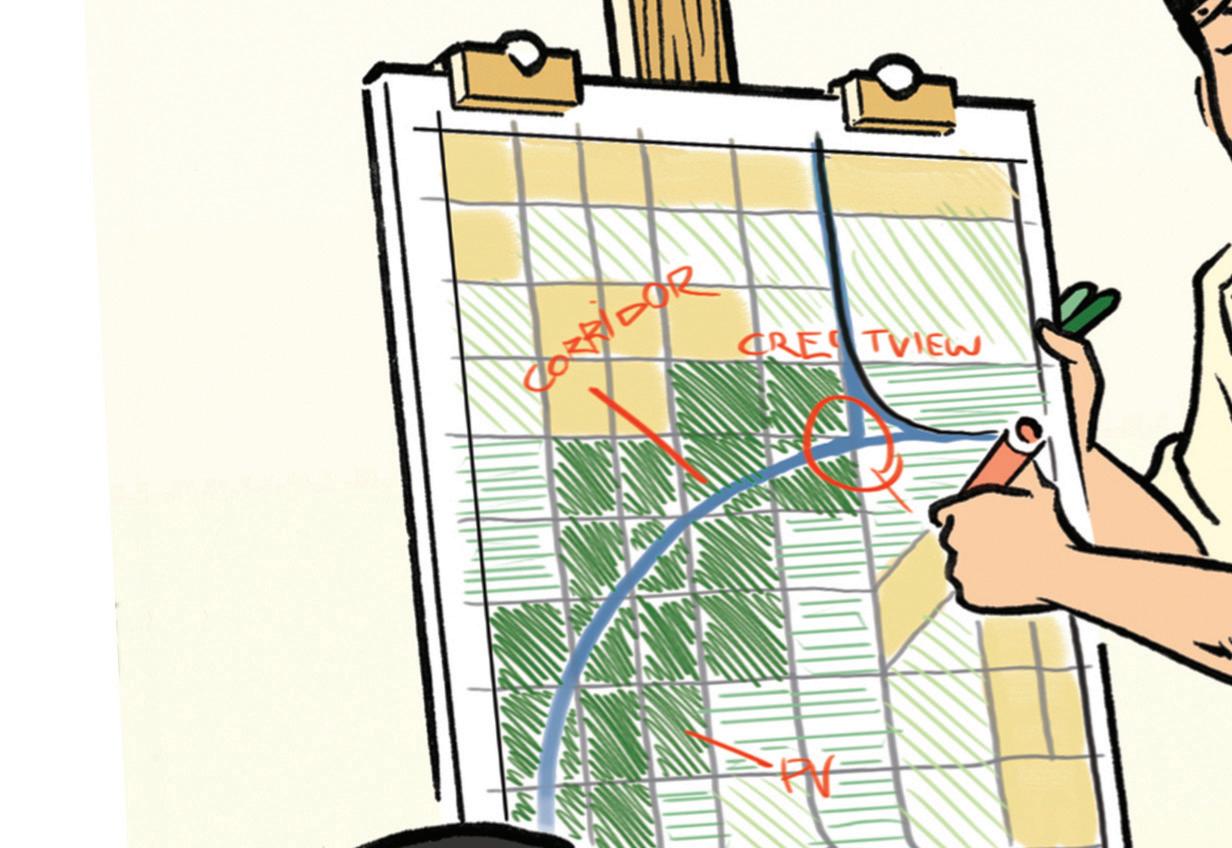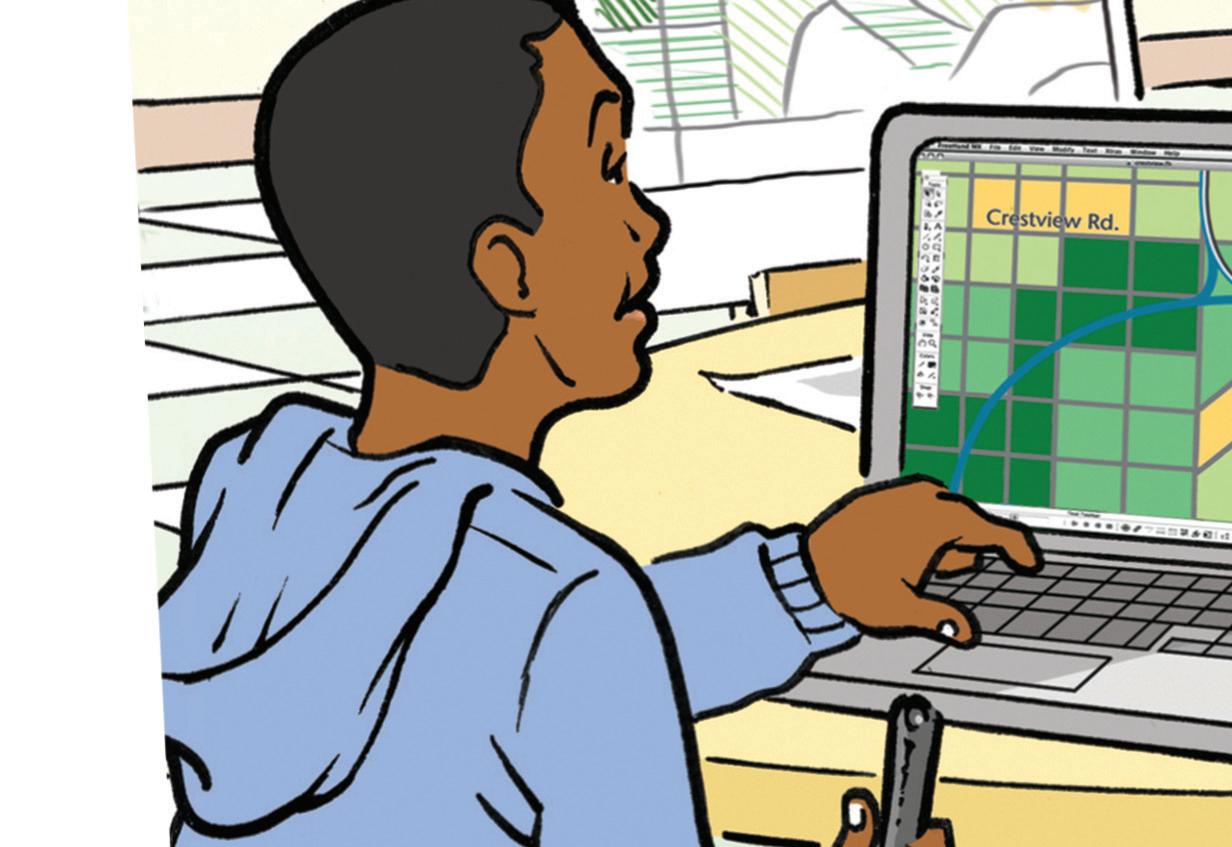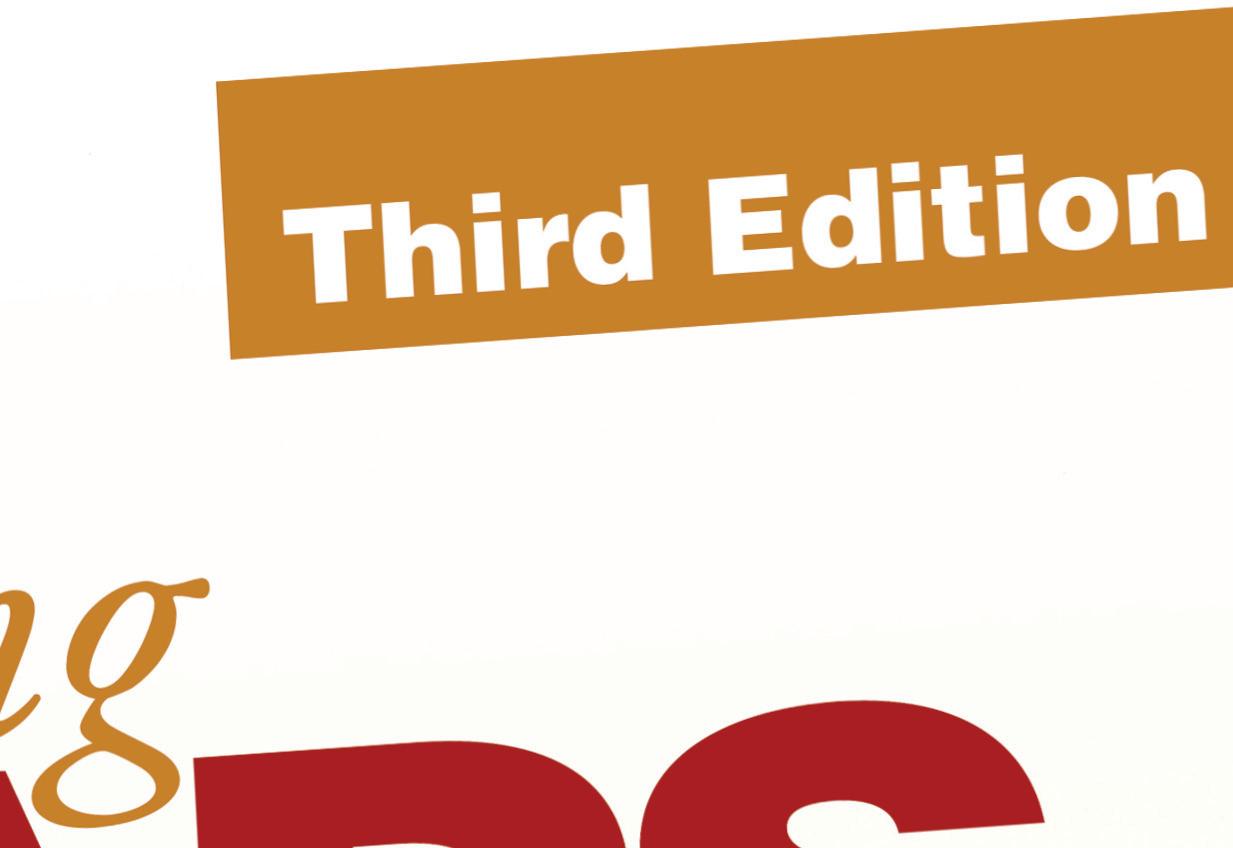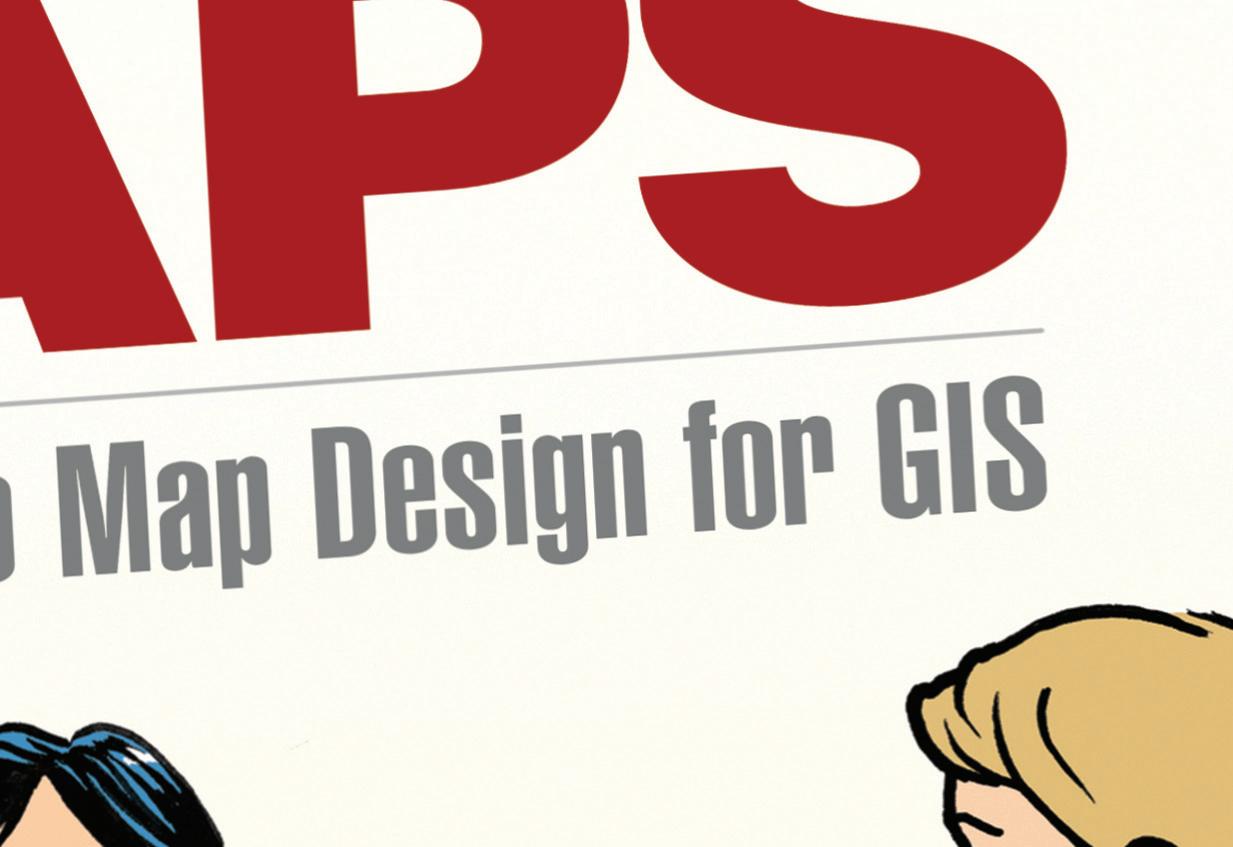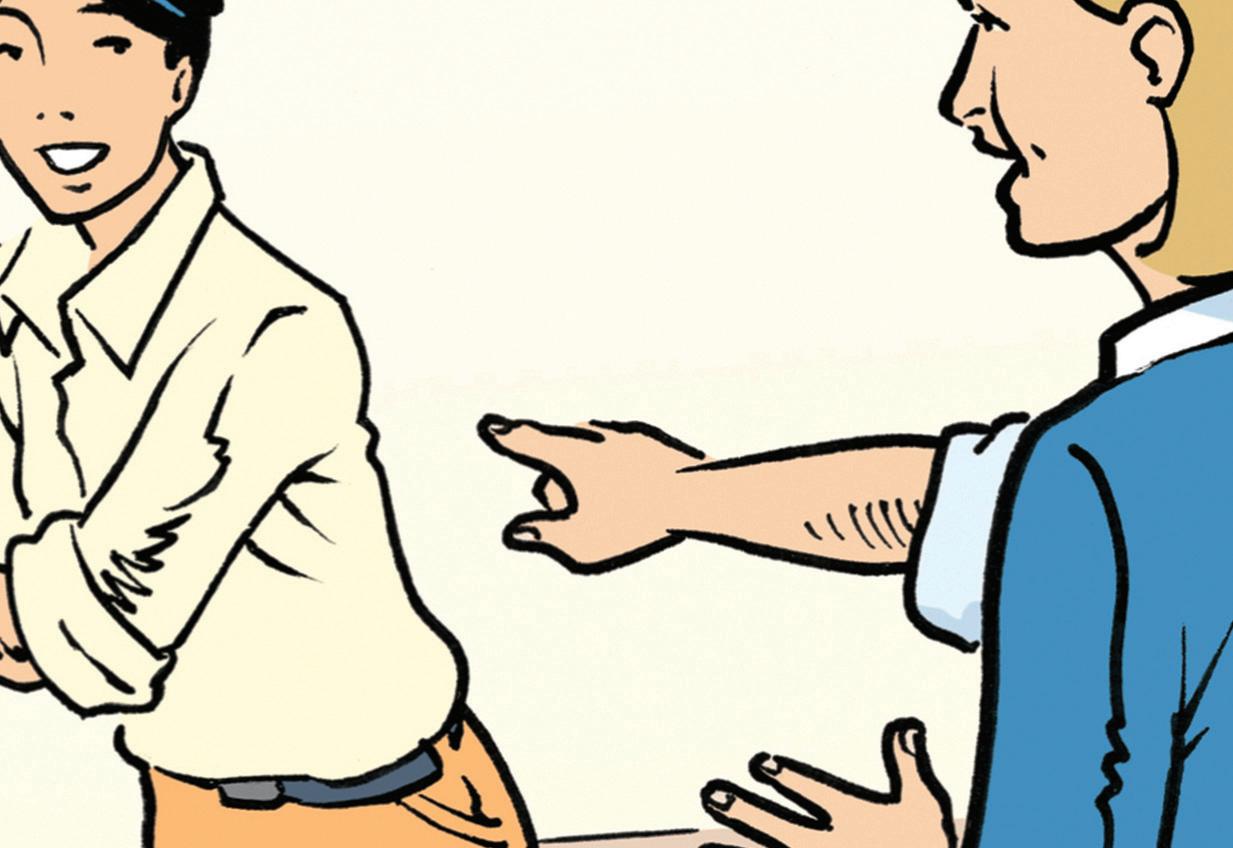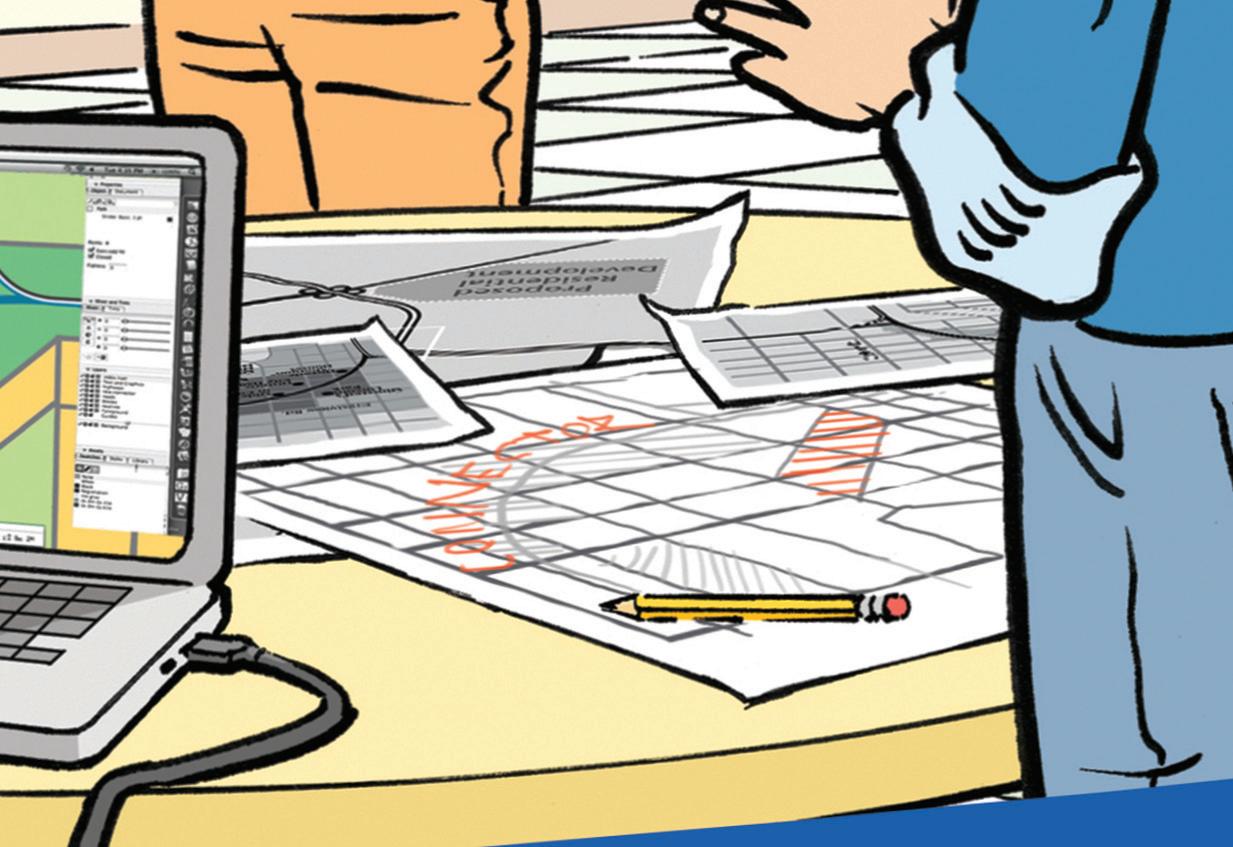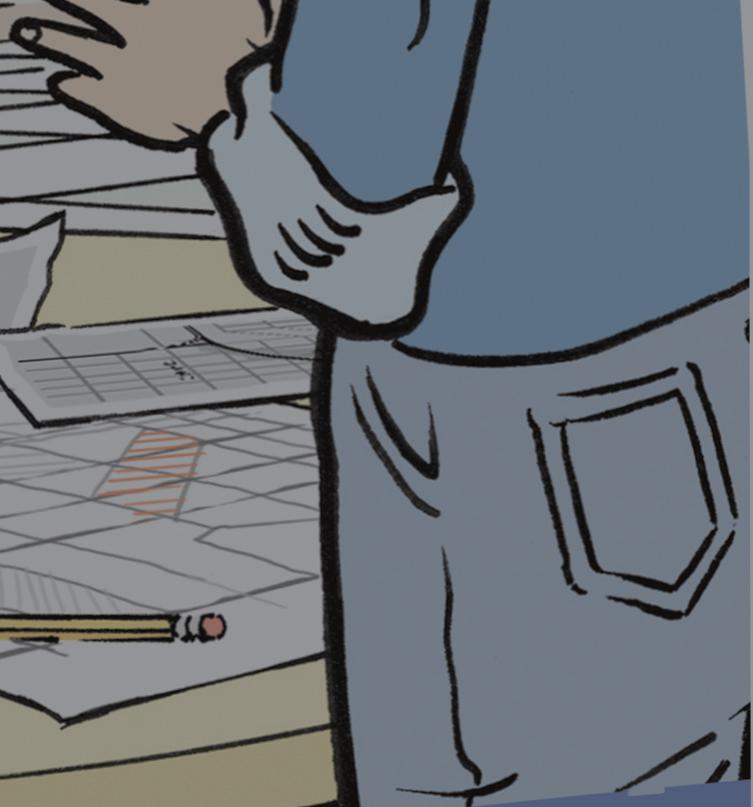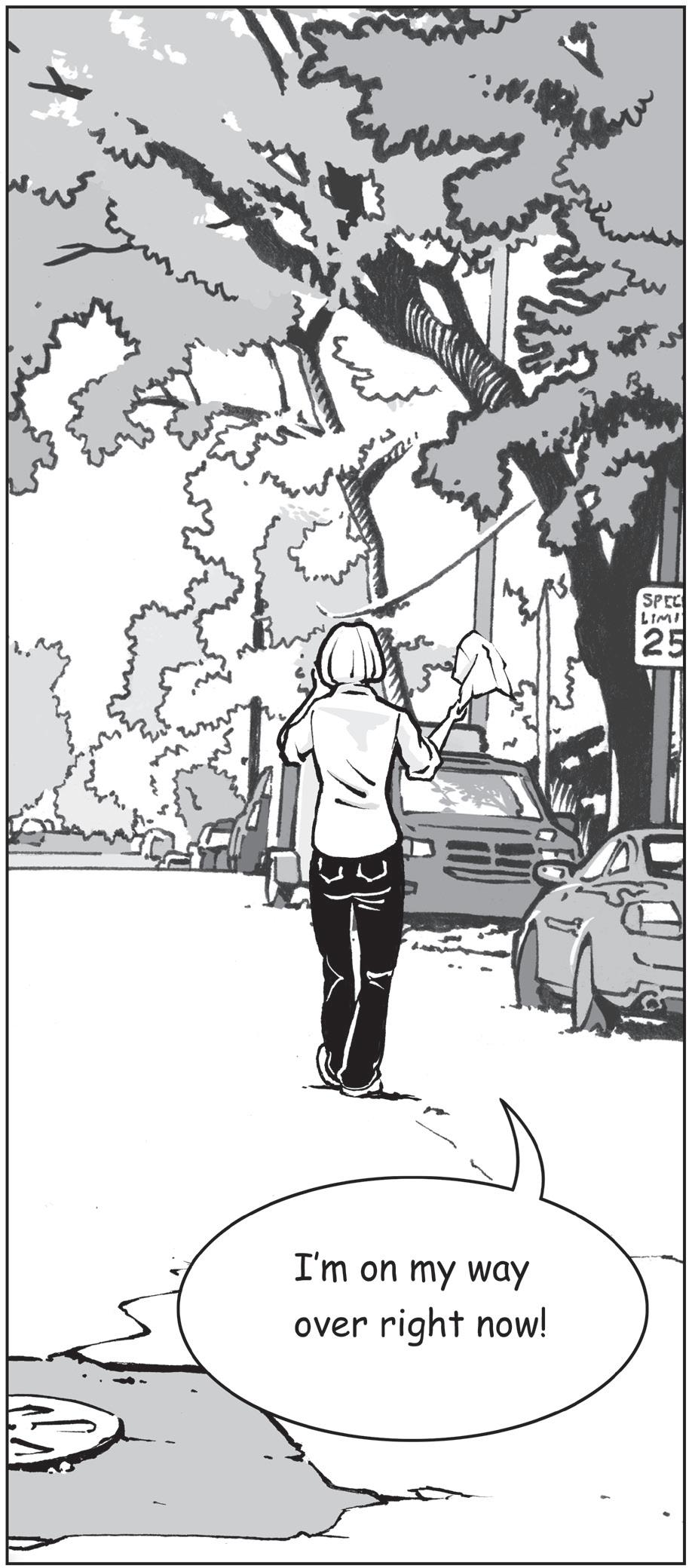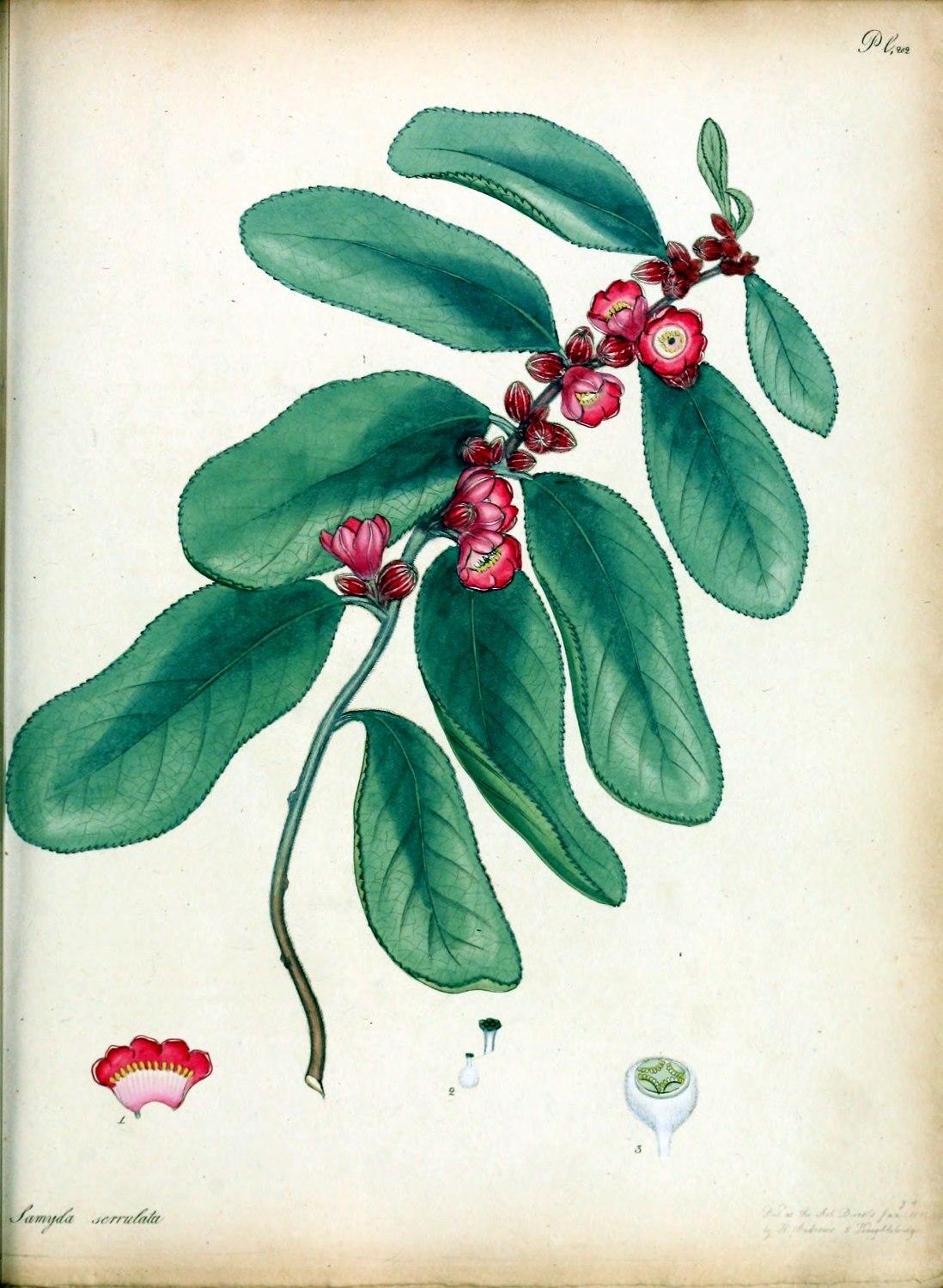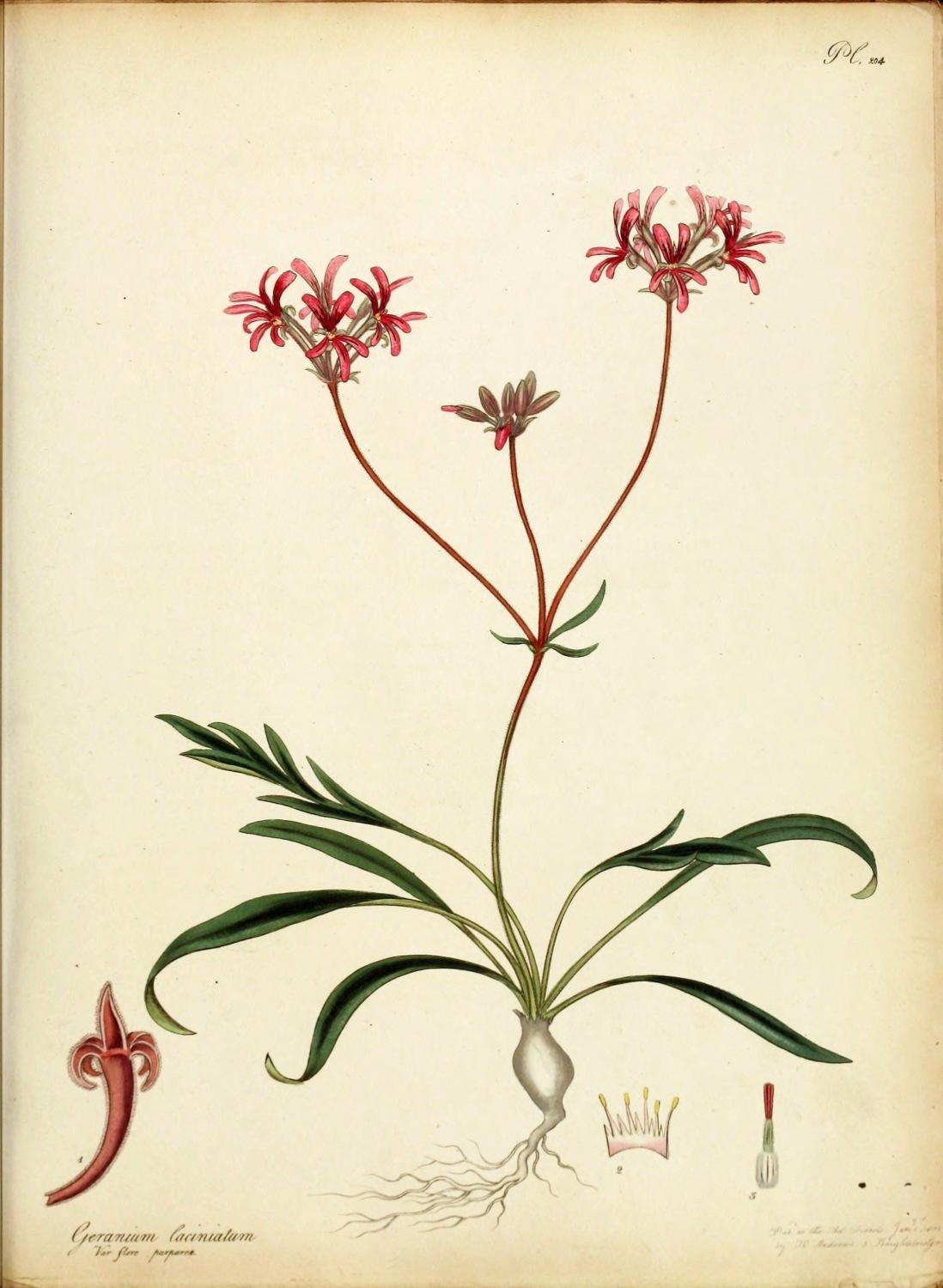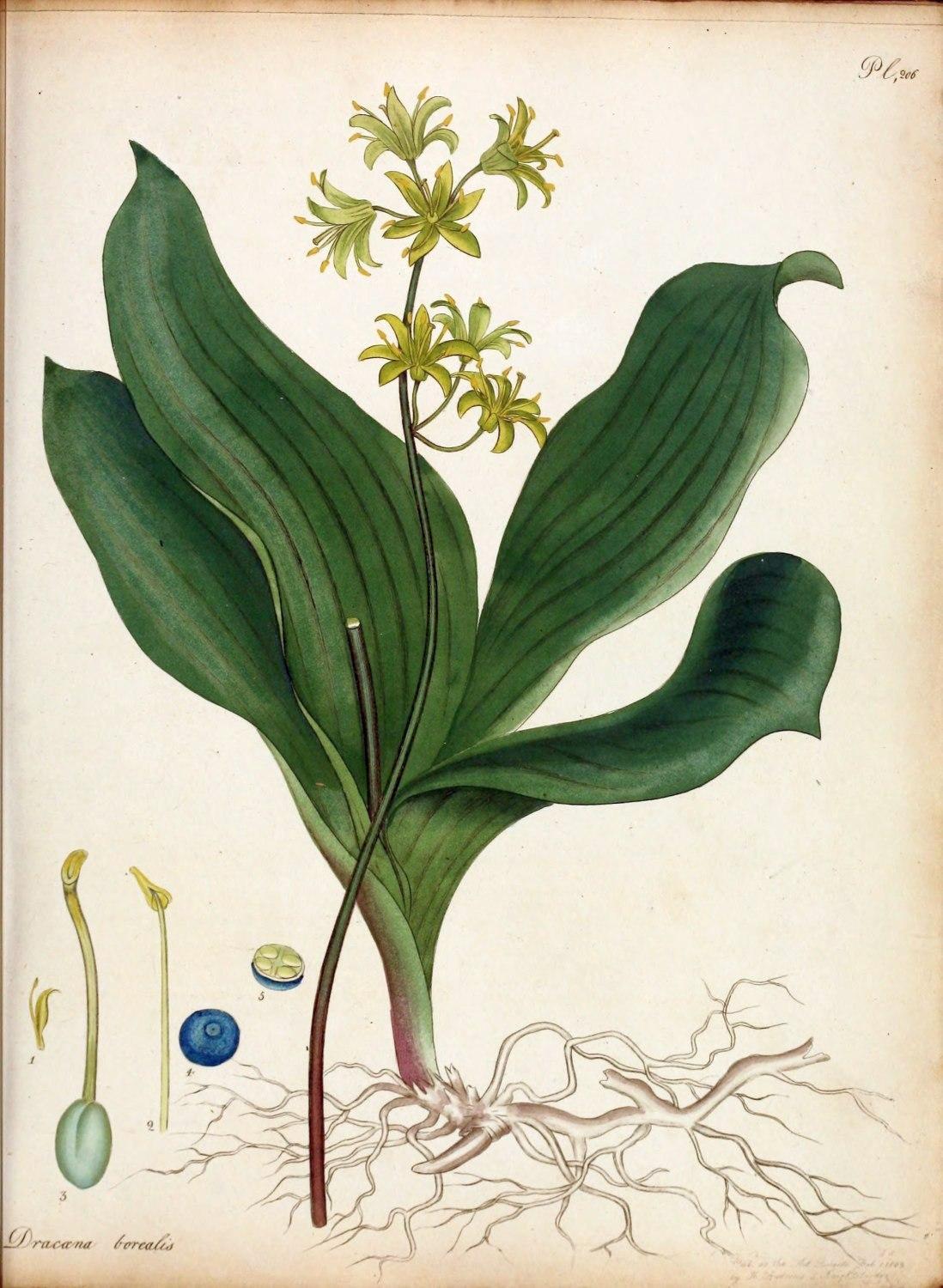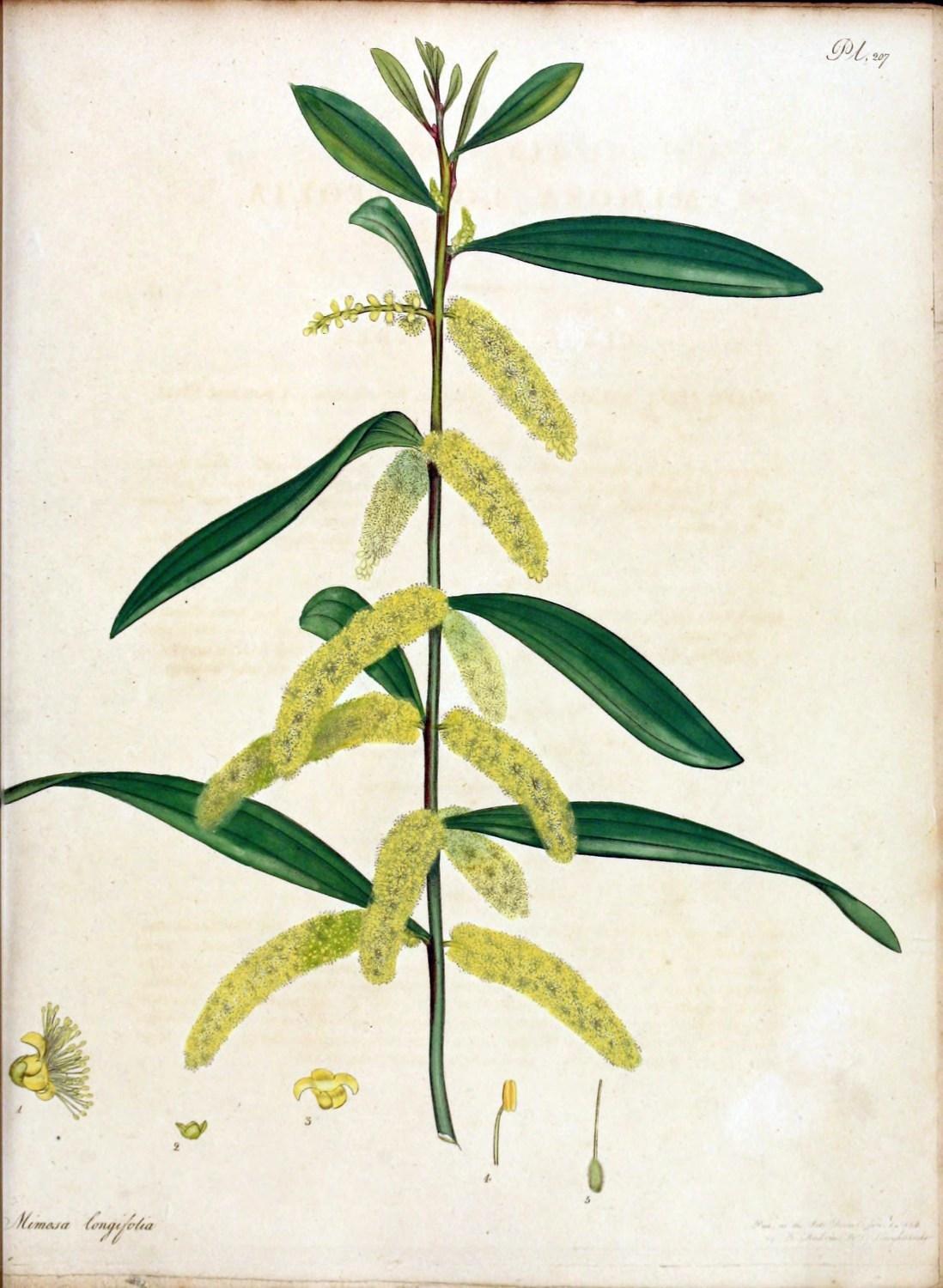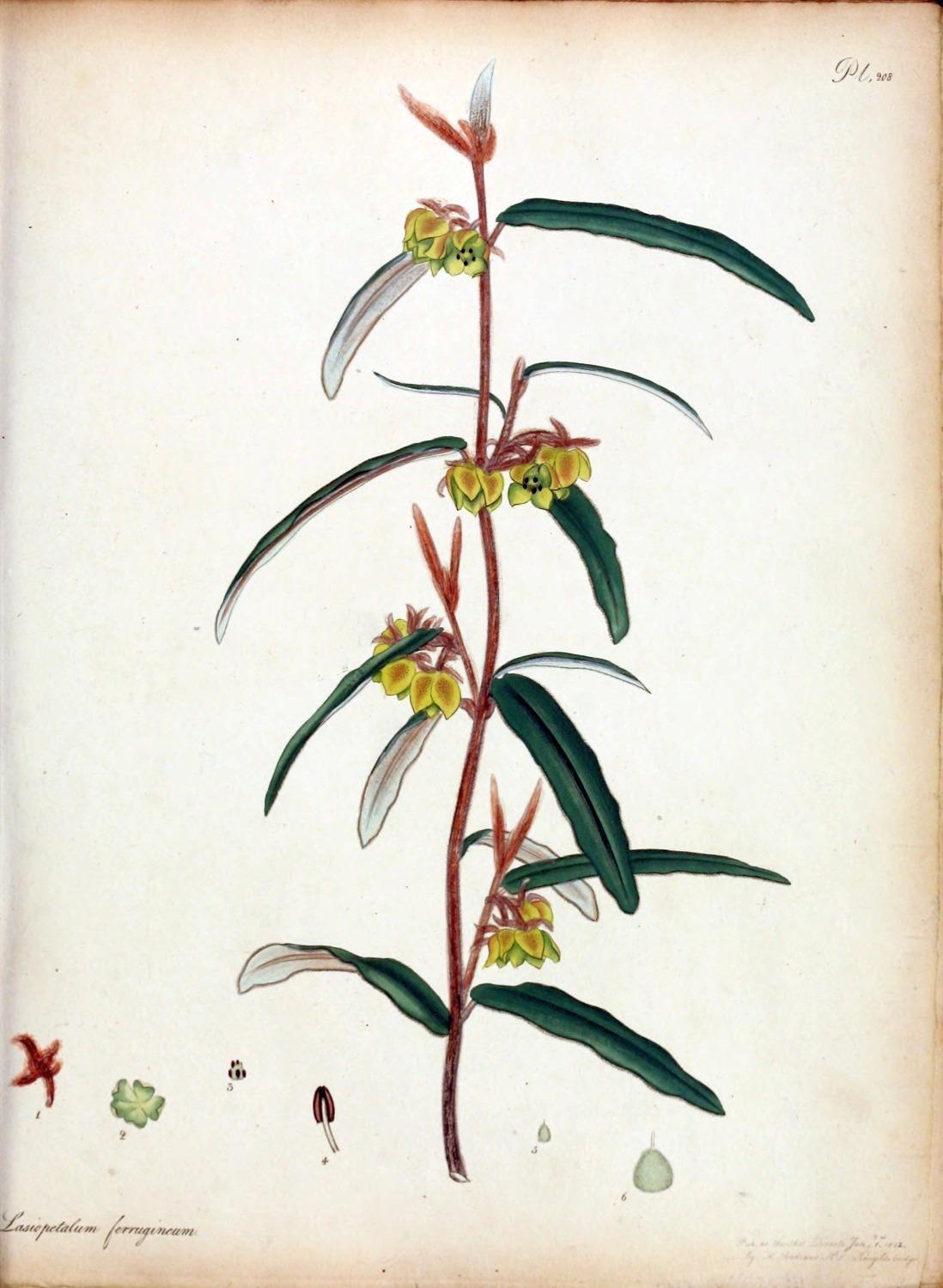THE GUILFORD PRESS
© 2011 The Guilford Press A Division of Guilford Publications, Inc. 72 Spring Street, New York, NY 10012 www.guilford.com
All rights reserved
No part of this book may be reproduced, translated, stored in a retrieval system, or transmitted, in any form or by any means, electronic, mechanical, photocopying, micro lming, recording, or otherwise, without written permission from the Publisher. Printed in the United States of America.
Copyright © 2016 The Guilford Press A Division of Guilford Publications, Inc. 370 Seventh Avenue, Suite 1200, New York, NY 10001 www.guilford.com
All rights reserved
This book is printed on acid-free paper.
Last digit is print number:
9 8 7 6 5 4 3 2 1
No part of this book may be reproduced, translated, stored in a retrieval system, or transmitted, in any form or by any means, electronic, mechanical, photocopying, microfilming, recording, or otherwise, without written permission from the publisher.
Printed in the United States of America.
Library of Congress Cataloging-in-Publication Data
This book is printed on acid-free paper.
Krygier, John Making maps / John Krygier, Denis Wood. -- 2nd ed. p. cm.
Last digit is print number: 9 8 7 6 5 4 3 2 1
Includes bibliographic references and index. ISBN 978-1-60918-166-6 (pbk.)
1. Cartography. 2. Geographic information systems. I. Wood, Denis. II. Title.
Library of Congress Cataloging-in-Publication Data is on p. 293
GA105.3.K79 2011 526--dc22
2010040429
It’s Time to Make Maps...
People communicate about their places with maps. Less common than talk or writing, maps are made when called for by social circumstances. Jaki and Susan are making maps to protect their neighborhood. Why a map? Because the city used a map. The map unambiguously expresses the city’s intentions to widen Crestview Road, drawing from the maps, talk, and text of city planners. If the plan is realized, the city will also use maps to communicate its intentions to surveyors, engineers, contractors, utility companies, and others.
The maps are all of Crestview Road – all of the same place – and the maps are all different. Yet they are all equally good. Different goals call for different maps: the quality of a map is frequently a matter of perspective rather than design. Think of a map as a kind of statement locating facts. People will select the facts that make their case. That’s what the map is for: to make their case.
The city’s case is that Crestview Road needs to be widened. They present their plan as “a new vision,” an enhancement, different and better.
The city communicates to construction firms and utilities with detailed maps, making the case that the planners and engineers have done their work.
Jaki and Susan’s case is that widening Crestview Road would be a terrible mistake. Time to make a map!
Making maps, making your case...
Another random document with no related content on Scribd:
PLATE CCII.
SAMYDA SERRULATA.
Sawed-leaved Samyda.
CLASS X. ORDER I.
DECANDRIA MONOGYNIA. Ten Chives. One Pointal.
GENERIC CHARACTER.
C����. Perianthium monophyllum, interne coloratum; tubus campanulatus, decemstriatus; limbus quinquefidus, laciniis ovatis planis, patentissimis, obtusis, duabus acumine auctis.
C������ nulla.
Nectarium monophyllum, conicum, truncatum, decemstriatum, longitudine fere calycis, ejusque limbo ad bann insertum, ore obtuse 10 ad 18-dentato.
S������. Filamenta nulla. Antheræ decem ad octo-decem, oblongæ, erectæ, parvæ, dentibus nectarii insidentes.
P��������. Germen ovatum. Stylus subulatus, erectus, longitudine nectarii. Stigma capitatum, obtusum.
P����������. Capsula subrotunda, quadrisulcata, coriacea, crassa, unilocularis, quadrivalvis.
S����� plurima, subovata, obtusa, basi foraminulo notata, valvulis affixa, obvoluta pellicula pulposa.
E���������. Cup one leaf, coloured within; tube bell-shaped, tenstriped; border five-cleft, segments egg-shaped, smooth, very much spread, obtuse, two lengthened by a pointed end.
B������ none.
Honey-cup, one leaf, conical, appearing cut off, ten-striped, nearly the length of the cup and fixed to it at the base of the border, obtusely from 10 to 18-toothed at the mouth.
C�����. Threads none. Tips from 10 to 18, oblong, upright, small, fixed to the teeth of honey-cup.
P������. Seed-bud egg-shaped. Shaft awl-shaped, upright, the length of the honey-cup. Summit headed, blunt.
S���-������. Capsule roundish, four-furrowed, leathery, thick, onecelled, four valves.
S���� many, nearly egg-shaped, blunt, marked with a small hole at the base, fixed to the valves, surrounded with a slight pulpy skin.
SPECIFIC CHARACTER.
Samyda floribus roseis, dodecandris; foliis ovato-oblongis, serrulatis.
Samyda with rosy coloured flowers having twelve chives; leaves between egg-shaped and oblong, slightly sawed.
REFERENCE TO THE PLATE.
1. The Empalement, with its honey-cup, and the tips, cut and spread open.
2. The Pointal and seed-bud natural size, the summit detached and magnified.
3. The Seed-bud cut transversely and magnified, to shew the number of valves and situation of the seeds.
T�� Sawed-leaved Samyda is an inhabitant of most of the West India Islands, but was received in England, about the year 1795, from the Island of St. Vincent; transmitted from thence, by Mr. Anderson, curator of the Botanic garden, originally established there, under the sanction of our government, by Dr. Young. It is a very tender plant, grows to about three feet in height, making but few small branches, and rather weak in the stem. Our drawing was taken in July this year at the garden of T. Evans, Esq. Stepney, who we believe first had it to flower in this kingdom. It is propagated by cuttings; must be kept in the bark-bed of the hot-house, and should be planted in very rich mould.
PLATE
CCIII.
IXIA COLUMNARIS.
Columnar-chived Ixia.
CLASS III. ORDER I.
TRIANDRIA MONOGYNIA. Three Chives. One Pointal.
ESSENTIAL GENERIC CHARACTER.
C������ 6-petala, patens, æqualis.
S������� tria, erectiusculo-patula.
B������ 6 petals, spreading, equal.
S������ three, upright-spreading.
SPECIFIC CHARACTER.
Ixia filamentis basi cohærentibus, floribus capitatis; corollis purpureis. Ixia with threads united at the base; flowers grow in heads; blossoms purple.
REFERENCE TO THE PLATE
1. The two Valves of the empalement.
2. A Blossom cut open.
3. The Chives and Pointal, with the tube of the blossom, the border cut off.
4. The Chives cut and spread open, with the tube of the blossom, magnified.
5. The Pointal and Seed-bud, with one of the Summits detached and magnified.
Here we have a plant which presents one of those obstacles, constantly met, in all attempts to a systematic arrangement of the productions of nature.
Every feature of Ixia we find positively expressed, but in the unison of the Threads; a circumstance, which Linnæus in his system, always deemed of such singular moment, that a number of Genera have been formed, from this natural order of plants, hinging on this only character.
But, as this plant has been named, and accurately described by Mr. Salisbury, in the Prodromus to his garden 36. n. 18; and continued, from him, by Professor Martyn, in his Edit. of Miller’s Dict. article Ixia, 50; in the following therefore such superiour judgments to our own, we have thought it proper, not to make any alteration; and in consequence, have retained his Generic and Specific title. The extreme brilliance of the flowers of Ixia Columnaris, pervading all the varieties, (of which we have drawings of 6,) is not exceeded by any in the whole Genus; they generally, are not longer expanded than for about four hours, and that only under a hot sun; from about eight, till twelve o’clock; when they close for the day; but nevertheless they have a permanence not usual in Ixias, as the same blossoms will open diurnally for above a week. It is a native of the Cape of Good Hope, and came first to England, by the way of Holland, about the year 1794. It flowers in June and July, amongst the latest of the tribe, and increases by the root in abundance. Our figure was taken at the Hammersmith Nursery.
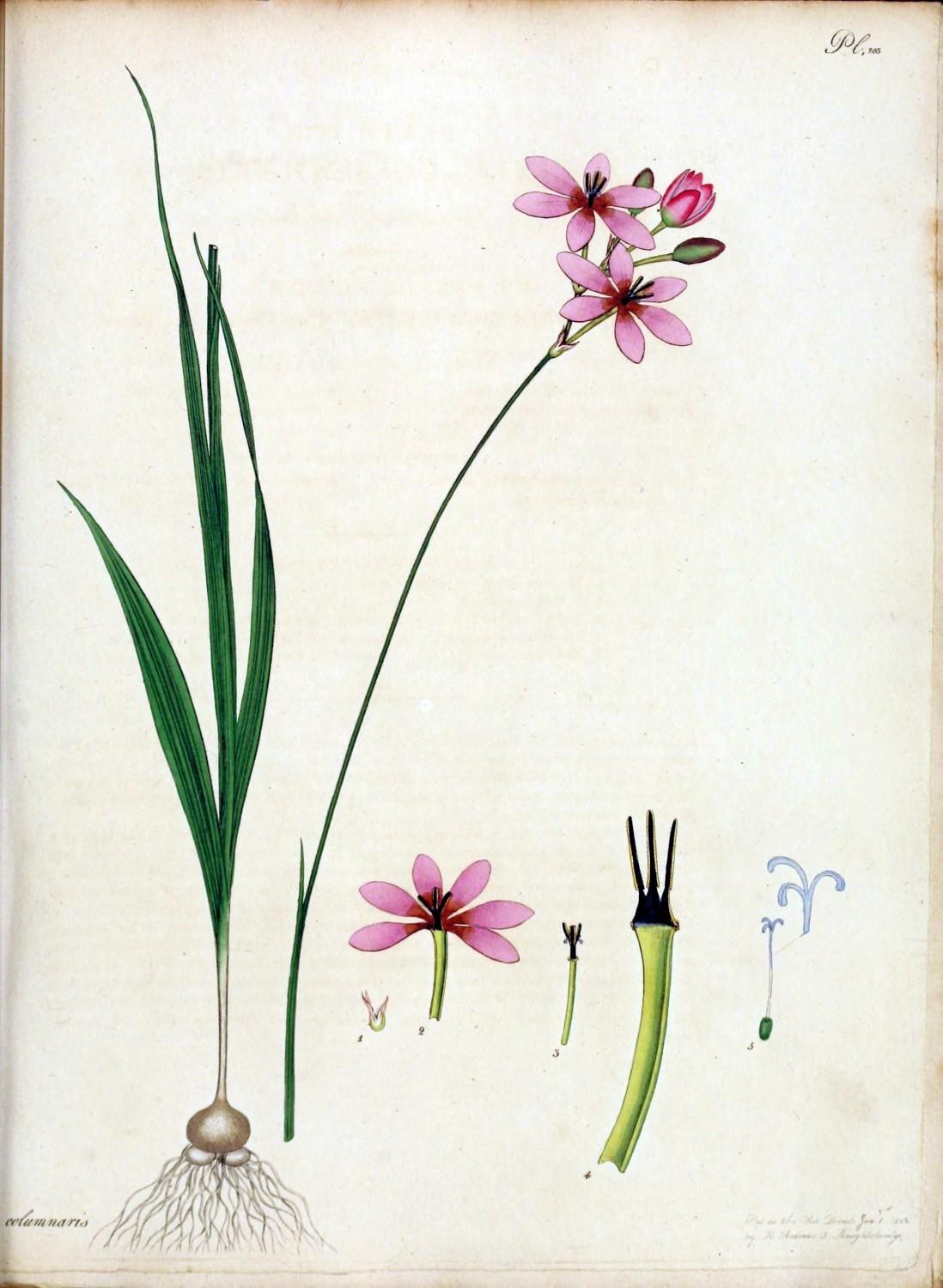
PLATE CCIV.
GERANIUM LACINIATUM. Var. flore purpureo.
Ragged-leaved Geranium. Purple flowered Variety.
CLASS XVI. ORDER IV.
MONADELPHIA DECANDRIA. Threads united. Ten Chives.
ESSENTIAL GENERIC CHARACTER.
M�������. Stigmata quinque.
F������ rostratus, penta-coccus.
One P������. Five summits.
F���� furnished with long awns; five dry berries.
SPECIFIC CHARACTER.
G������� foliis radicalibus, integris laciniatisque, petiolis filiformibus; calycibus monophillis; staminibus quinque fertilibus; radice tuberosa; floribus purpureis.
G������� with leaves growing from the root, entire and jagged, footstalks thread-shaped; cups one-leaved; five fertile chives; root tuberous; flowers purple.
REFERENCE TO THE PLATE.
1. The Empalement magnified.
2. The Chives spread open.
3. The Pointal and seed-bud magnified.
T��� very handsome variety, (for we cannot consider it as a species,) of the Geranium laciniatum, was imported in 1800, from the Cape of Good Hope, by G. Hibbert Esq.; in whose collection it flowered, last year, in the month of June, when our drawing was taken; and we believe it is in no other at
present in this kingdom. Mr. Allen, under whose care that collection is preserved in such high order and perfection, and to whose kind communications, we are much indebted; informs us, that he has not, as yet, been able to increase it; but, from every appearance, the plant, he has no doubt, may, by the root, as are the other species which have the tuberous character; and that he did not treat it differently from the rest of the Geraniums which compose this branch of that interesting family.
PLATE CCV.
PLATYLOBIUM LANCEOLATUM.
Lance-shaped-leaved Flat-pea.
CLASS XVII. ORDER IV.
DIADELPHIA DECANDRIA. Chives in two Sets. Ten Chives.
ESSENTIAL GENERIC CHARACTER.
C���� campanulatus, quinquesidus; laciniis duabus supremis maximis, obtusis. Stamina omnia coalita. Legumen pedicellatum, compressum, dorso alatum; polyspermum.
C�� bell-shaped, five-cleft; the two upper segments very large and obtuse. Chives all united. Pod on a footstalk, compressed, winged along the back; many seeded.
See Plate CXCI. Vol. III. P���������� ������������.
SPECIFIC CHARACTER
Platylobium foliis glaberrimis, distichis, lineari-lanceolatis; floribus solitariis, axillaribus; ramis junioribus sub-compressis.
Flat-Pea with very smooth leaves pointing opposite ways, linear-lance shaped; flowers grow solitary from the lower part of the leaves close to the branches; the younger branches are rather flatish.
REFERENCE TO THE PLATE
1. The Empalement of the flower.
2. The Standard, or upper petal of the blossom.
3. One of the Wings, or side petals of the blossom.
4. The two lower Petals, or keel of the blossom.
5. The Chives, natural size.
6. The same, magnified.
7. The Seed-bud, natural size.
8. The same magnified, but rather more mature.
No Class, amongst the 24, is more distinct in its natural character than Diadelphia; yet, since the discovery of New South Wales, no one has presented more difficulty to the botanist. From the great number of plants of that country, appertaining to this Class, and the strong differing characters which most of them exhibit, such indeed, as might formerly have been thought of sufficient moment to constitute new Genera; many must now bend a little for the ease of science; or otherwise they will in a short time become doubled in number; a matter of no small moment to weak although willing memories. Our having placed the P. scolopendrum of this Volume, Pl. CXCI., and our present plant to the Genus Platylobium, is the occasion of the above prelude; as it may be thought by some who have not seen the seed vessel and seeds, the principal parts upon which the Genus is founded, that nature is a little outraged in so doing; but, without we had so joined them, we must have given them a new title. This plant was introduced at the same time as the P. scolopendrum, and the three other species now in Britain; not one of them, but has baffled all our most experienced cultivators to increase it, by any other mode than from the seed; some of which has been procured from the P. formosum, only. They all require to be kept in the dryest part of the green-house, as they are impatient of damp. Our drawing was made in November 1801, at the Nursery of Messrs. Lee and Kennedy, Hammersmith, by whom it was first raised in 1792. The general height of the Platylobiums, is about three feet and a half, at most, in this country, and they do not form bushy shrubs. They require a light, sandy peat soil, with rather less root room, than is in general necessary for plants of equal size.

PLATE CCVI.
DRACÆNA BOREALIS.
Oval leaved Dracæna.
CLASS VI. ORDER I.
HEXANDRIA MONOGYNIA. Six Chives. One Pointals.
C���� nullus.
GENERIC CHARACTER.
C������. Petala sex, oblonga, erectiuscula, æqualia, unguibus cohærentia.
S������. Filamenta sex, unguibus inserta, subulata, medio crassiora, basi membranacea, longitudine vix corollæ. Antheræ oblongæ, incumbentes.
P��������. Germen ovatum, sexstriatum. Stylus filiformis, longitudine staminium. Stigma trifidum, obtusum.
P����������. Bacca ovata, sexsulcata, trilocularis.
S����� solitaria, ovato-oblonga, apice incurvata.
O��. Character fere Asparagi, habitus diversus.
E��������� none.
B������. Petals six, oblong, rather upright, equal, cohering by the claws.
C�����. Threads six, inserted into the claws, awl-shaped, thicker about the middle, skinny at the base, almost the length of the blossom. Tips oblong, incumbent.
P������. Seed-bud egg-shaped, six-streaked. Shaft thread shaped, the length of the chives. Summit three-cleft, obtuse.
S���-������. Berry egg-shaped, six-furrowed, three-celled.
S���� solitary, oblong-egg-shaped, turned inward at the end.
O��. The Character is very near Asparagus, the habit different.
SPECIFIC CHARACTER.
Dracæna, herbacea, subcaulescens, foliis elipticis.
Dracæna, herbaceous, rather aspiring to a stem, leaves eliptic.
REFERENCE TO THE PLATE.
1. A Petal with its chive.
2. A Chive, magnified.
3. The Pointal, magnified.
4. A ripe Berry.
5. The same, cut transversely.
About the year 1776, this plant was first received in England, by Messrs. Lee and Kennedy from Montreal, Canada, N. America. It is a native of all the northern parts of that country, as far as New England; propagates itself by the root, and flowers in July. It will not thrive but on a shady border, which should be made of light sandy peat.
Much we revere the name of Solander, and highly rate his merit as a Botanist; yet we cannot forbear stating our dissent from the arrangement of this plant, as a Dracæna, certainly nothing can be more dissimilar, in every part; this may be easily traced by comparing our figure and dissections, as connected with the Generic character. The whole natural habit of the plant, points out Convallaria for its genus, to which it is much nearer allied than Dracæna, even in the sexual characters. However, we only state our opinions, without even thinking of change, as the plant is known as Dracæna, having been figured and described in the First Vol. of the Kew Catalogue, page 454, under the present title.
PLATE CCVII.
MIMOSA LONGIFOLIA.
Long-leaved Mimosa.
CLASS XXIII. ORDER I.
POLYGAMIA MONOECIA. Various dispositions. Upon one Plant.
ESSENTIAL GENERIC CHARACTER.
Hermaphrod. C���� 5-dentatus. Cor. 5-fida. Stam. 5 seu plura. Pist. 1. Legumen.
Mascul. C���� 5-dentatus. Cor. 5-fida. Stam. 5, 10, plura.
Hermaph. C�� five-toothed. Bloss. 5-cleft. Chives 5 or more. Pointal one. A pod.
Male. C�� 5-toothed. Bloss. 5-cleft. Chives 5, 10, or more.
See M����� �������. Pl. LIII. V��. I.
SPECIFIC CHARACTER.
Mimosa foliis integris longissimis, utrinque glabris, obtusis; capituli geminati, racemosi, longissimi, oppositi, lutei, subcernui.
Mimosa with entire, very long leaves, smooth on both sides and blunt; flower heads grow by pairs in very long bunches opposite to each other, yellow and rather nodding.
REFERENCE TO THE PLATE.
1. A flower, magnified, shewn sideways.
2. The Empalement, magnified.
3. The Blossom, magnified.
4. A Chive, magnified.
5. The Pointal, magnified.
About the year 1792 J. Ord, Esq. of Pursers Cross, Fulham, received the seeds of this Mimosa from New South Wales; the plants were raised, the ensuing year, by Mr. White, who has managed, much to his credit, the select collection of that Gentleman near 20 years, and who obligingly sent us a fine specimen in March 1801, taken from a plant near 18 feet in height. Of the Mimosas now in Britain, we think, this species is likely to exceed them all in height; making a very handsome plant; and most beautiful at the season when covered with its long pendulous bunches of flowers. It is increased by cuttings, but with difficulty; and, as yet, seeds have not been perfected in this country. A light sandy earth is what it thrives in most, but it will grow in almost any soil.
PLATE CCVIII.
LASIOPETALUM FERRUGINEUM.
Rusty Woolly-blossom.
CLASS V. ORDER I.
PENTANDRIA MONOGYNIA. Five Chives. One Pointal.
GENERIC CHARACTER.
C����. Perianthium triphyllum, foliolis subulatis, tomentosis, persistentibus, ferruginosis.
C������ monopetala, rotata, lanuginosa, quinquefida; laciniis ovatis, apicibus acutis, incurvatis.
S������. Filamenta quinque, brevia, erecta, germinis basi affixa. Antheræ erectæ, dorso bilobæ, apice poris duobus.
P��������. Germen ovatum, superum. Stylus minutus, filiformis, erectus. Stigma obsoletum.
P����������. Capsula subrotunda, supera, trisulcata, trilocularis, trivalvis, dissepimentis e medio valvularum.
S����� numerosa, subrotunda.
E���������. Cup three-leaved, leaflets awl-shaped, downy, permanent, and of a rusty iron colour.
B������, one petal, wheel-shaped, woolly, and five-cleft; segments eggshaped, sharp pointed and incurved at the point.
C�����. Threads five, short, upright, fixed to the base of the seed-bud. Tips upright, two-lobed at the back, and two pores at the point.
P������. Seed-bud egg-shaped, above. Shaft small, thread-shaped, upright. Summit obsolete.
S���-������. Capsule roundish, above, three-furrowed, three cells, three valves, partitions from the middle of the valves.
S���� numerous, roundish.
SPECIFIC CHARACTER.
Lasiopetalum foliis sublinearibus, obtusis, inequaliter sinuatis, supra glabris subtus lanuginosis; floribus racemosis, axillaribus.
Woolly blossom with nearly linear leaves, blunt, unequally indented, smooth above, woolly beneath; flowers grow in long bunches from the insertion of the leaves into the stem.
REFERENCE TO THE PLATE.
1. The Empalement.
2. The Blossom.
3. The Chives and Pointal.
4. A Chive, magnified.
5. The Pointal.
6. The same magnified.
T�� singularity of this plant recommends it to our notice, rather than its beauty. It is a native of New South Wales, near Port Jackson, and is found in marshy grounds; where its branches are seen to extend many yards, embracing all the under shrubs they meet; they seldom exceed the size of small twine, but are exceeding tough. The whole plant, when old, has a dirty or rusty brown appearance, the leaves becoming very small and narrow; although from culture in this country, we have seen the leaves, on some plants, near an inch in breadth, and three in length. For the Generic and Specific titles of this plant we are indebted to Dr. Smith, P. L. S. &c. and we do not think more appropriate ones could have been invented. The giving specific names and characters to plants, where only one has been discovered of the Genus, although a little from Linnæan principles, we must confess accords with our ideas; for, although, to compare is necessary to distinctive difference; yet, if the most ostensible, and novel appearance of the parts, are taken from the first discovered plant, for the specific character; there is no more danger of confusion, from any addition to the Genus, than if no such observations had been made; for, what must in future be taken as specific distinction must arise from an opposition to the first plant on which the Genus was founded: wherefore we have adopted this manner, from the commencement of the work. This plant was first raised at the Hammersmith Nursery, from seeds received from New South Wales in 1791. It is
propagated by cuttings taken from the young shoots, in April; should be planted in very sandy peat earth, and kept very dry in winter. It is in flower nearly the whole year.
